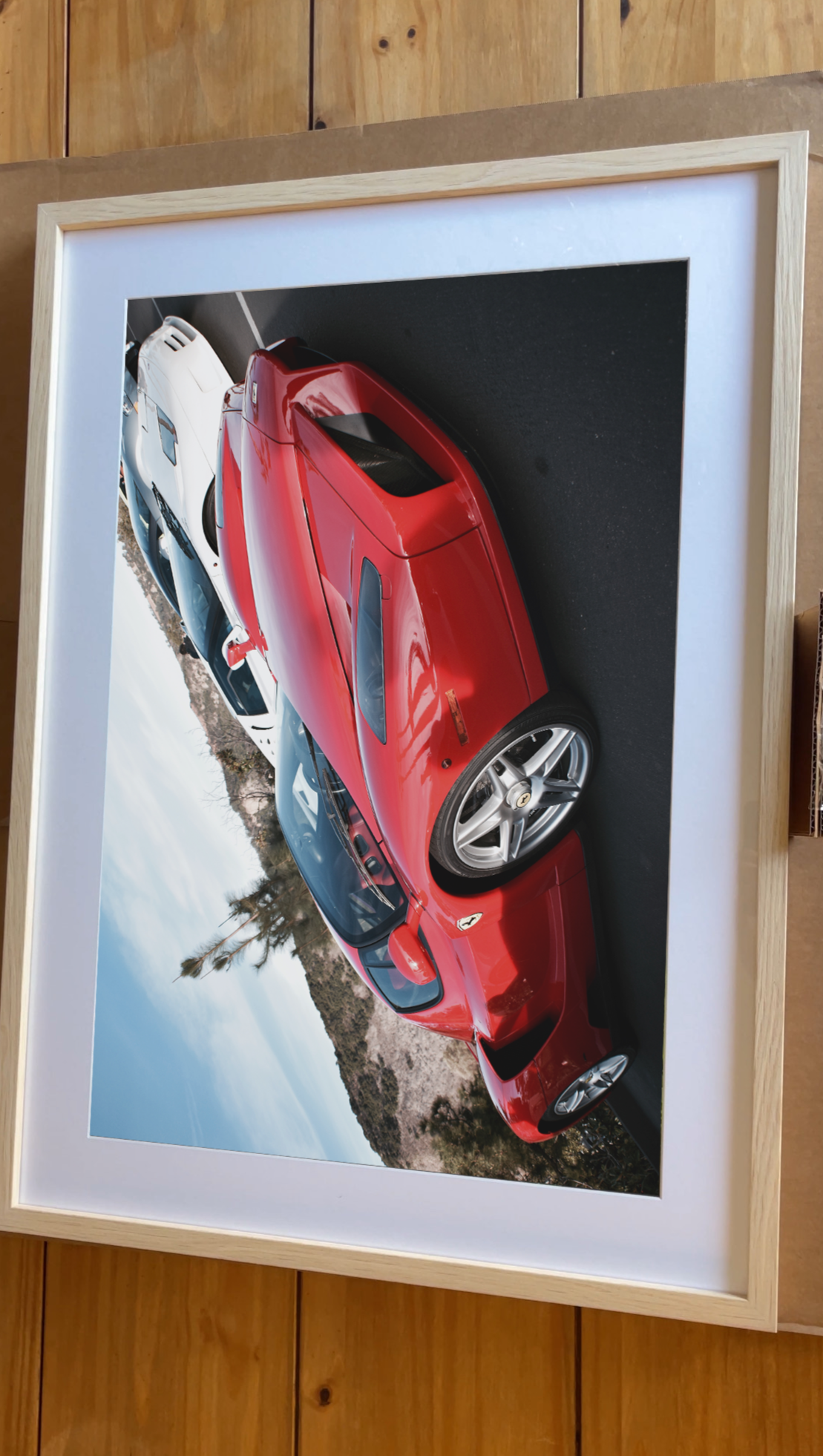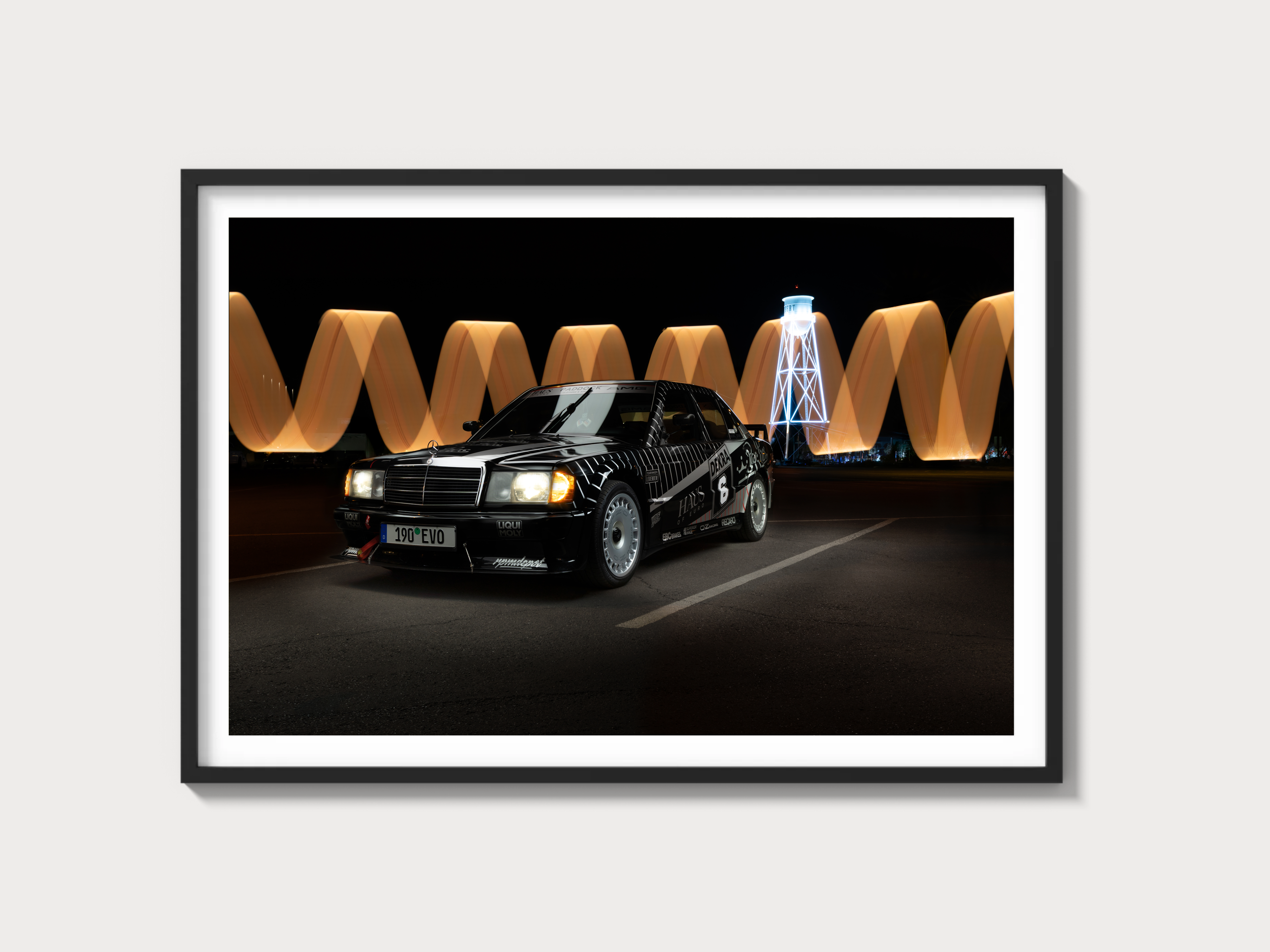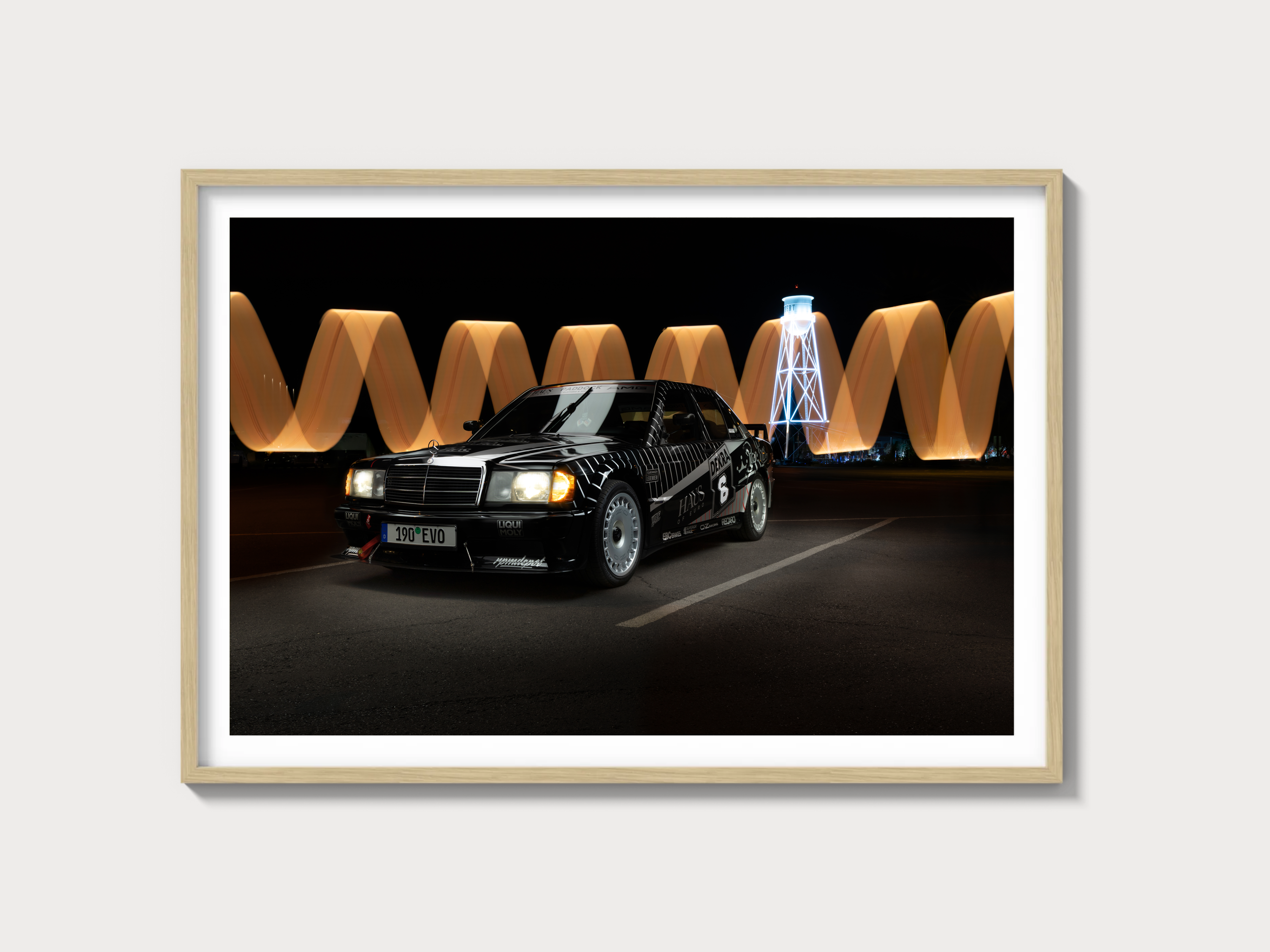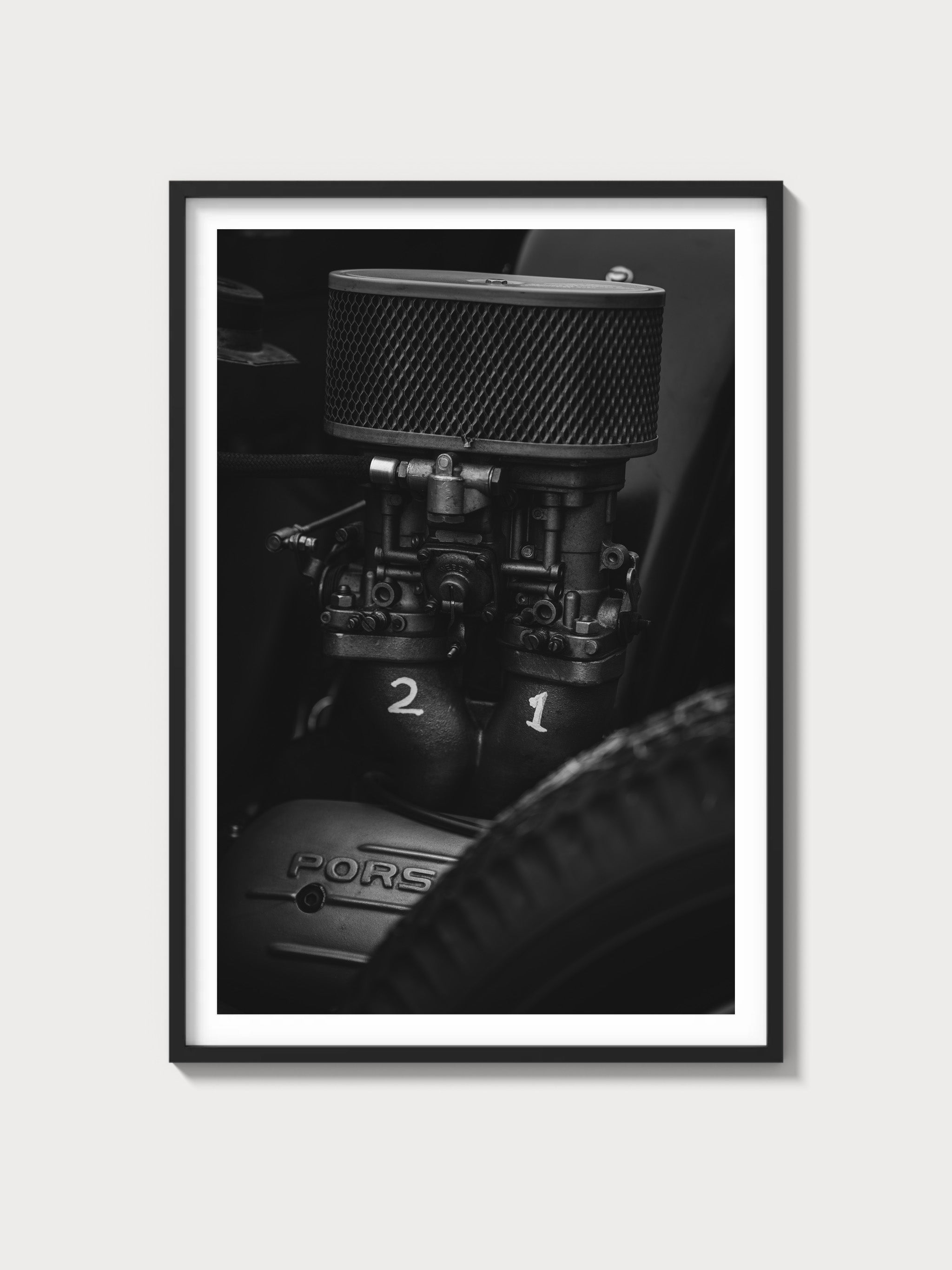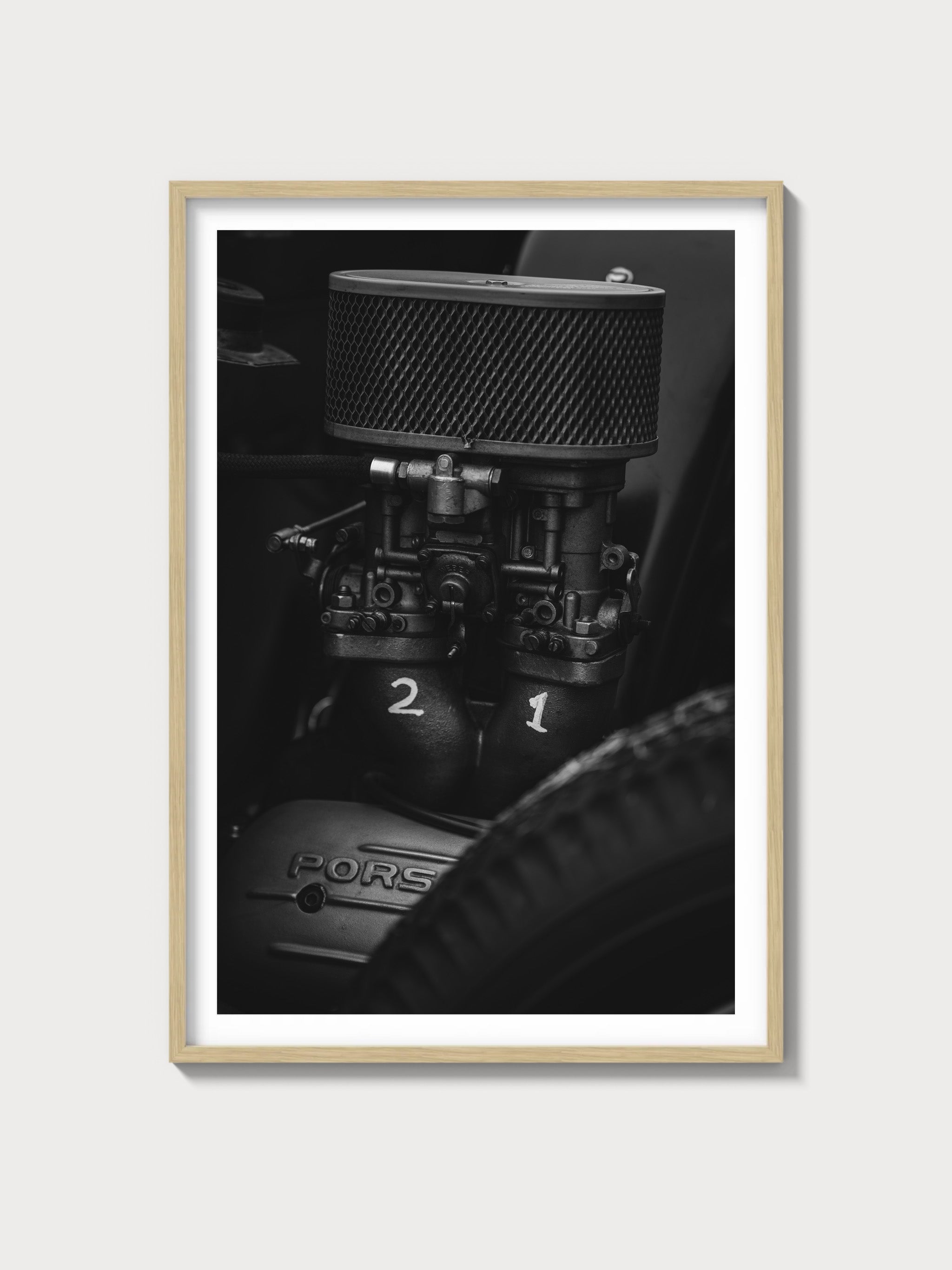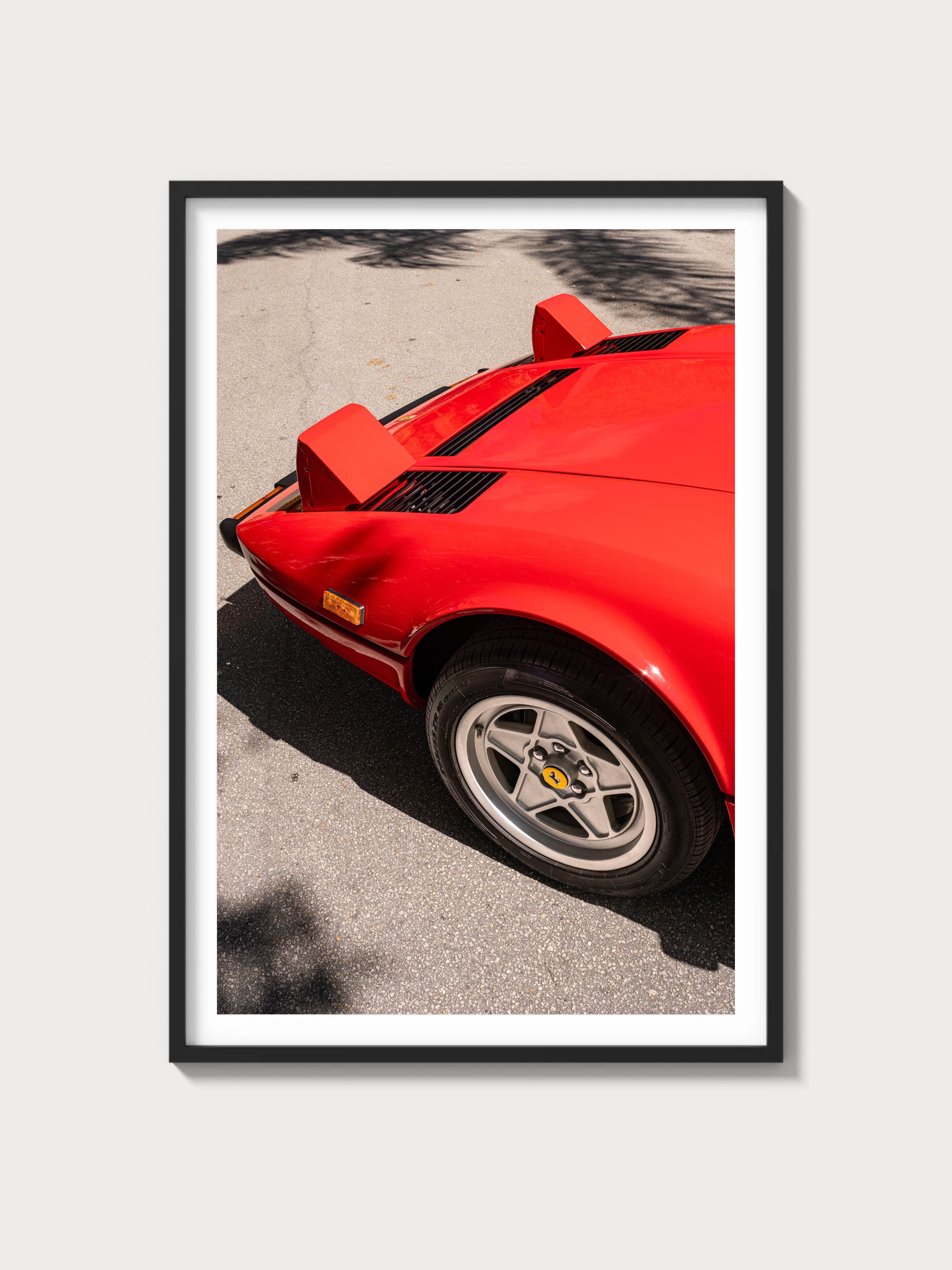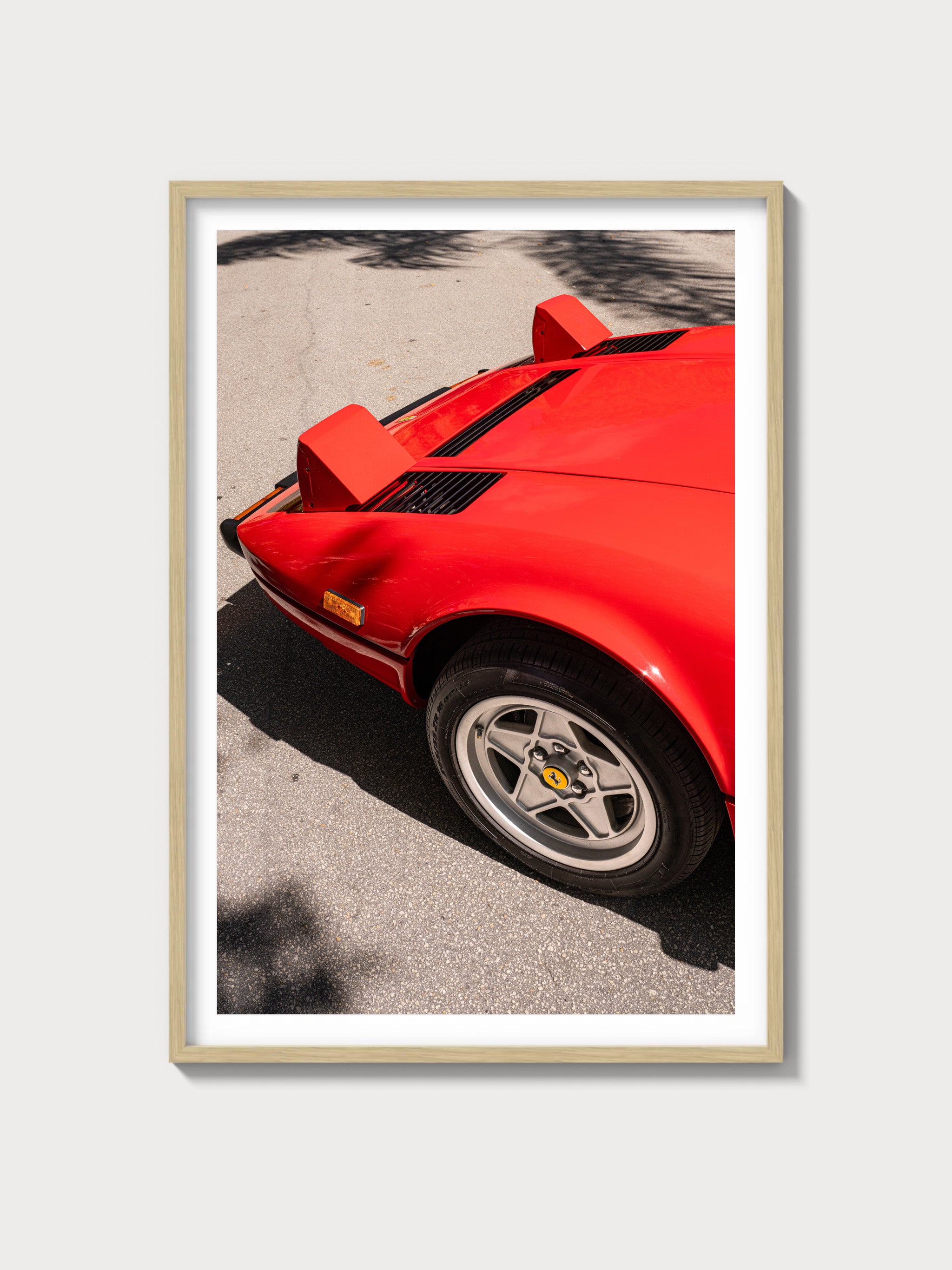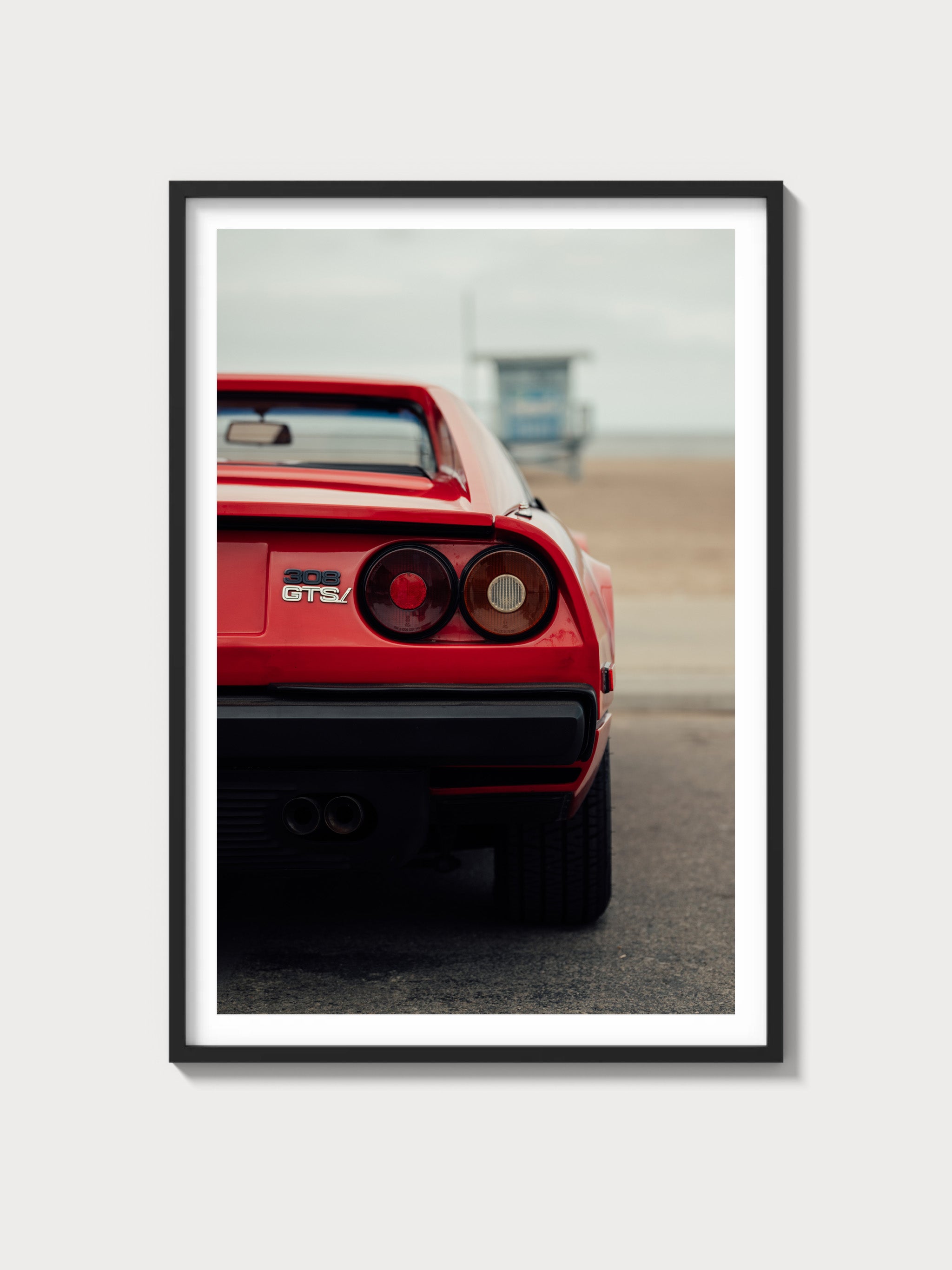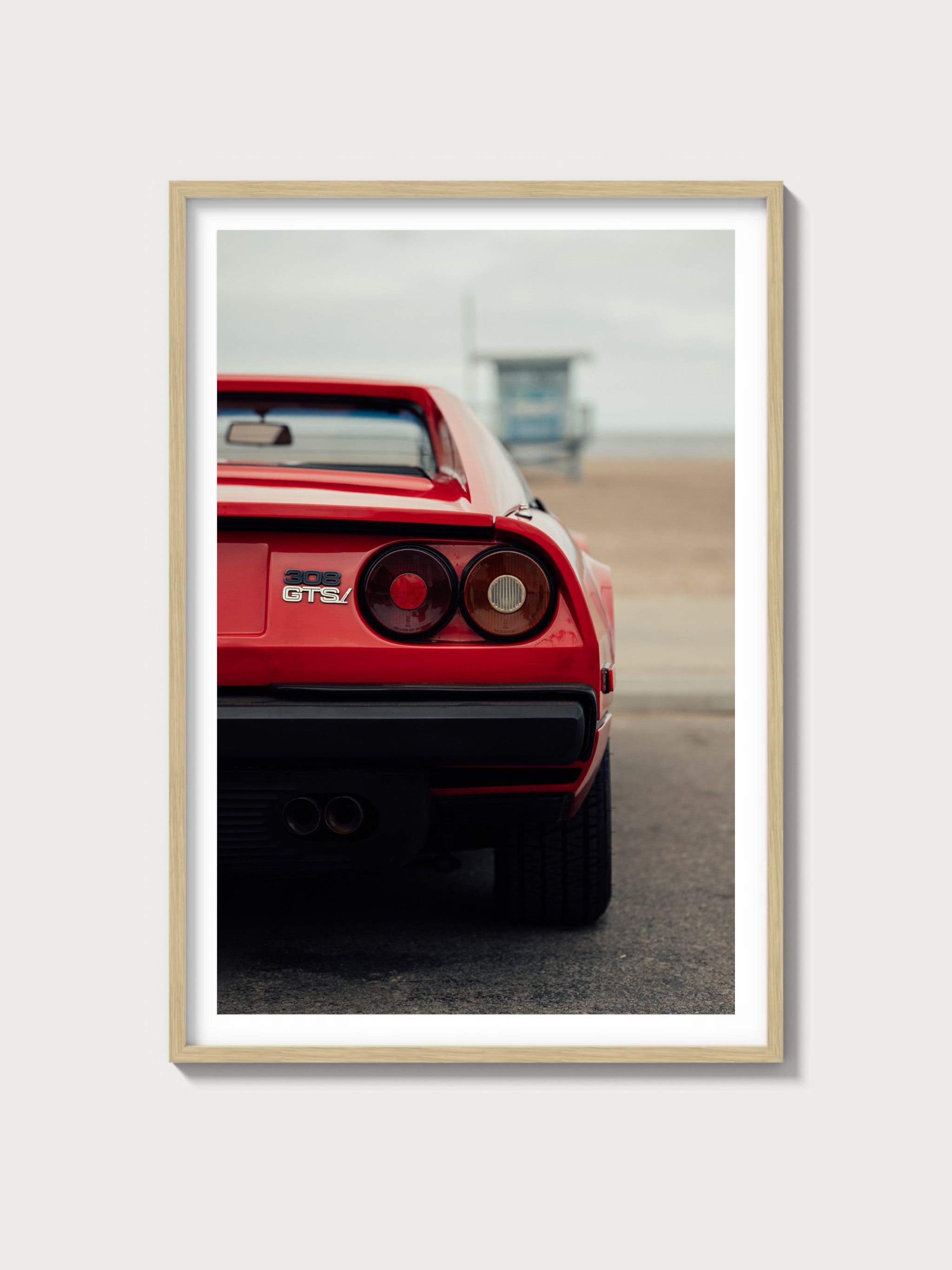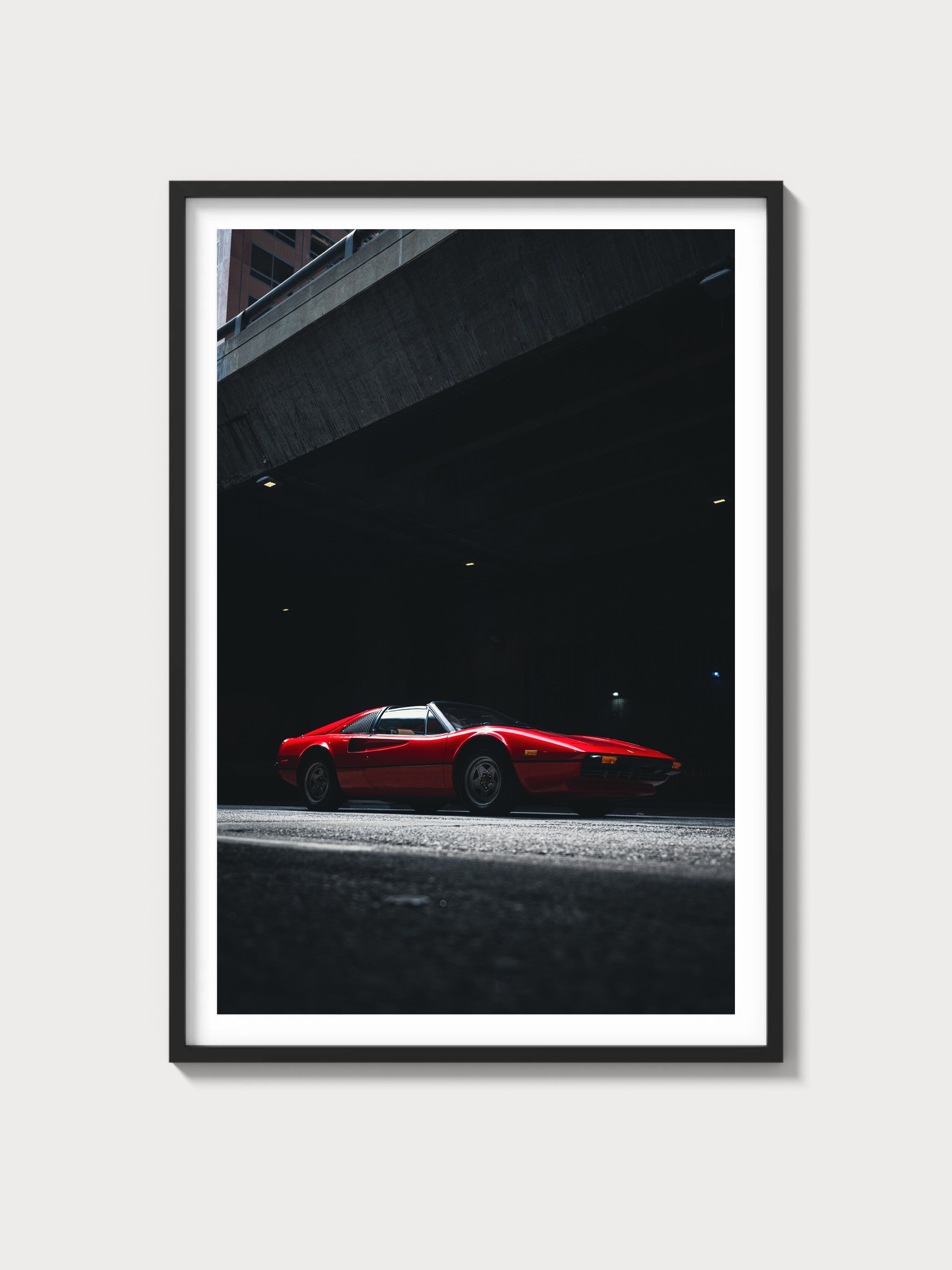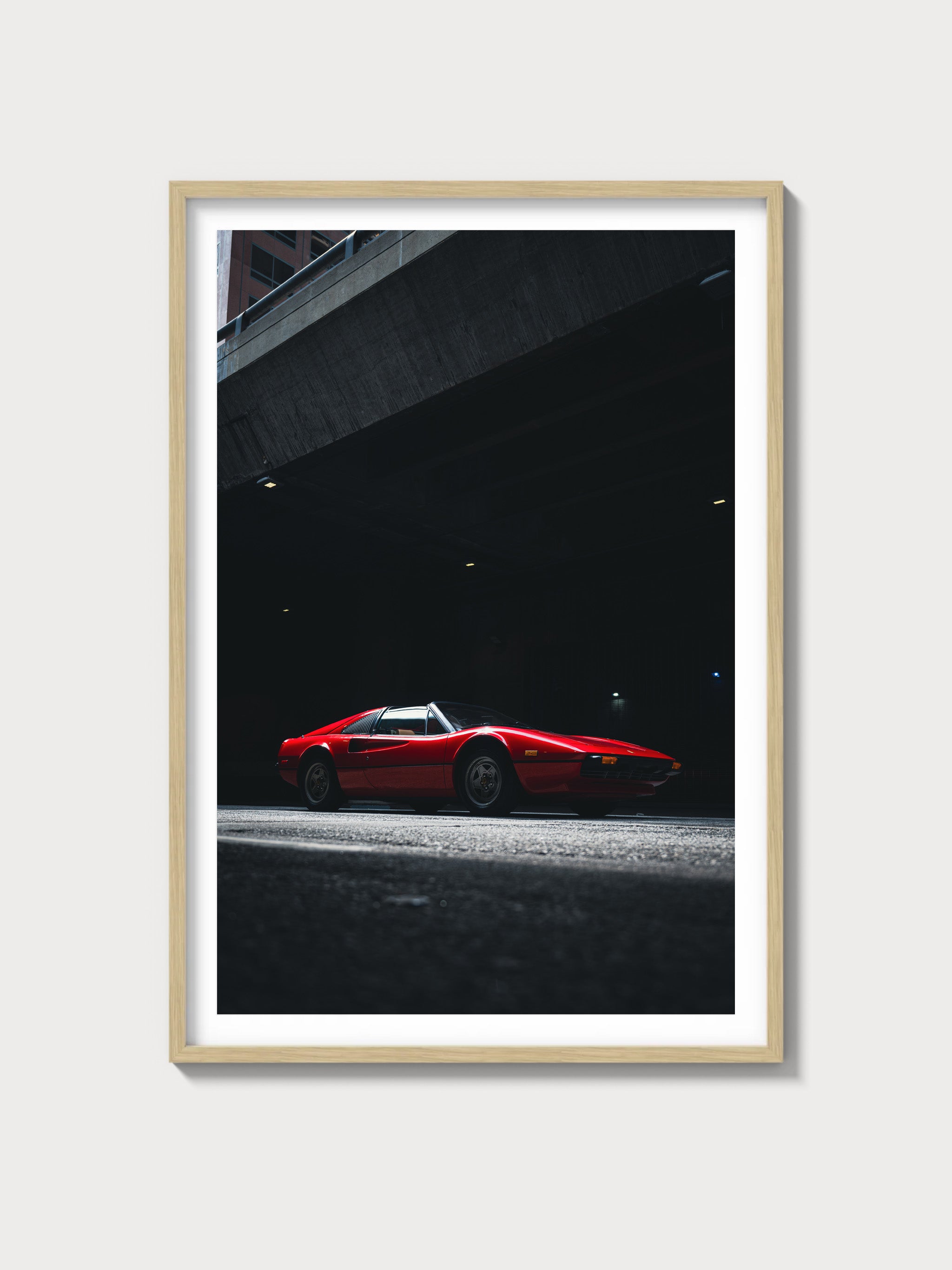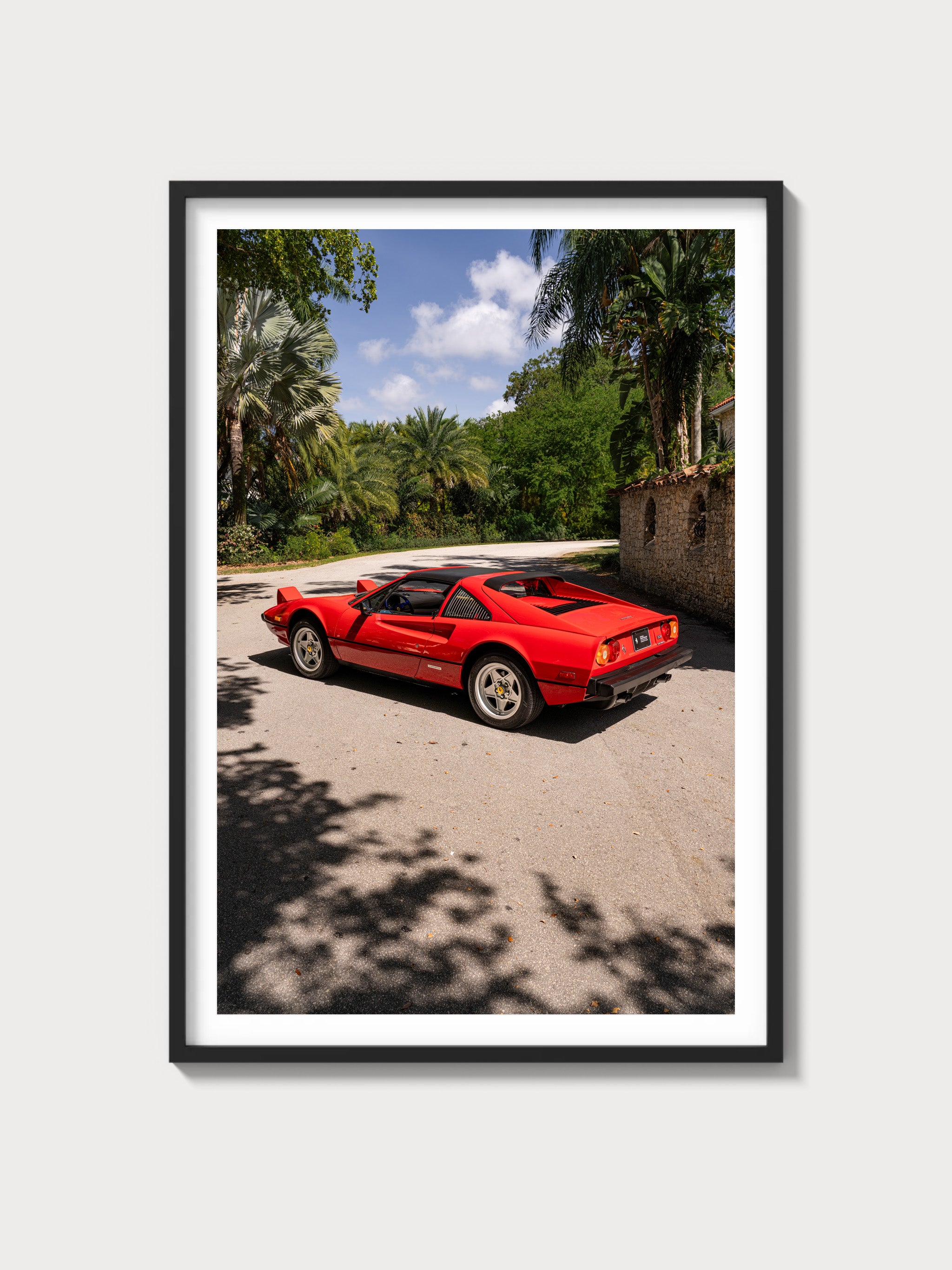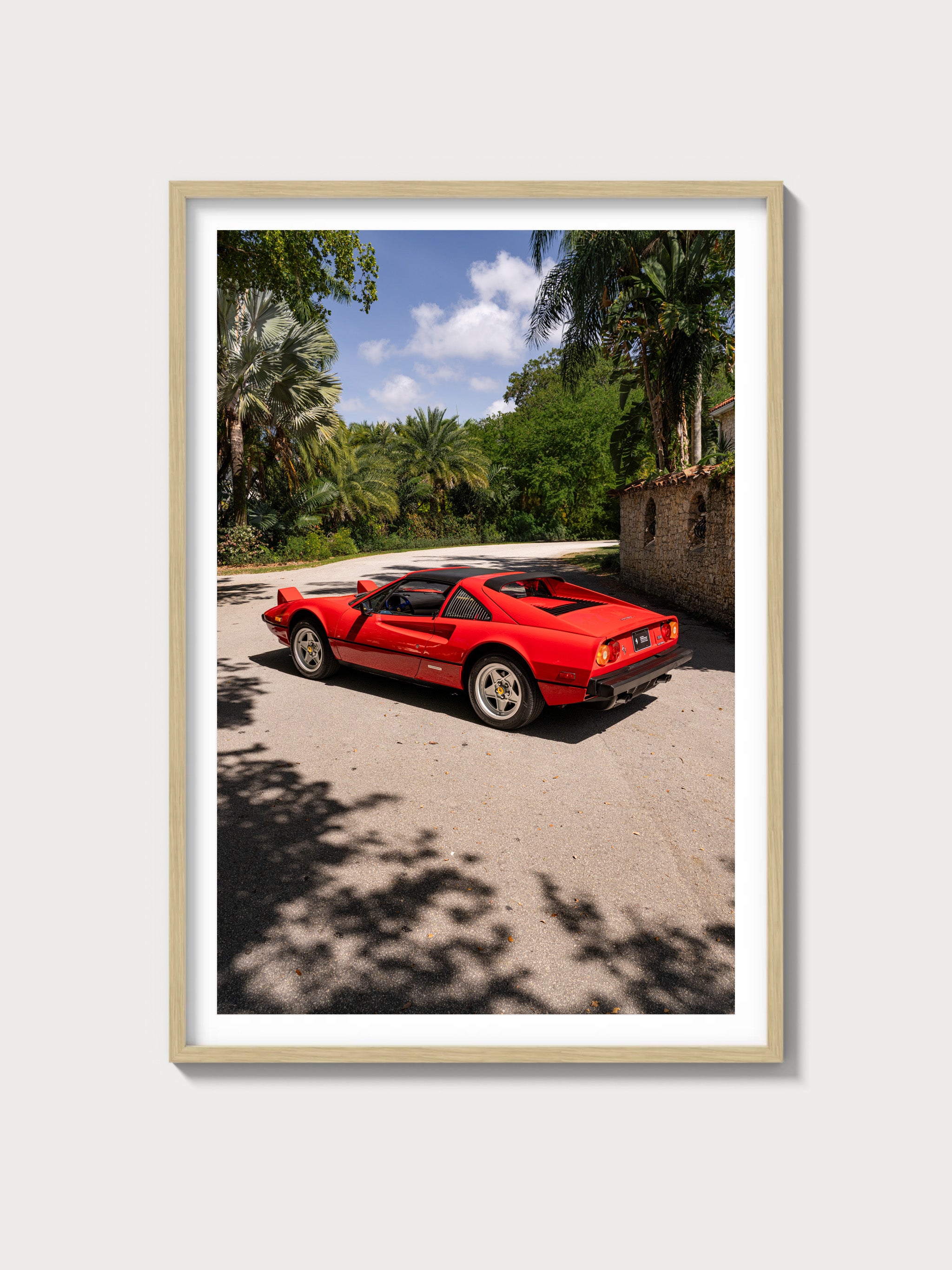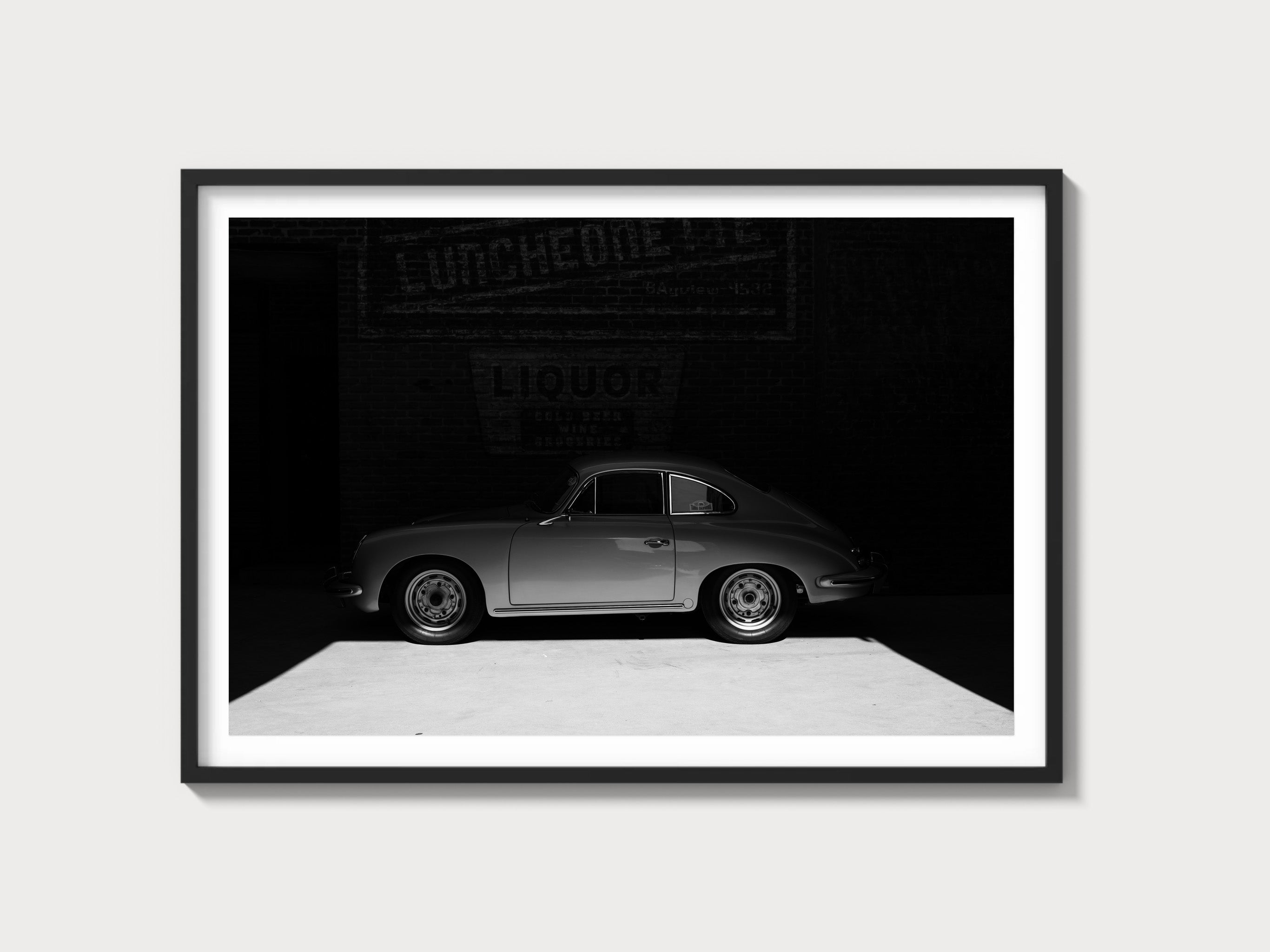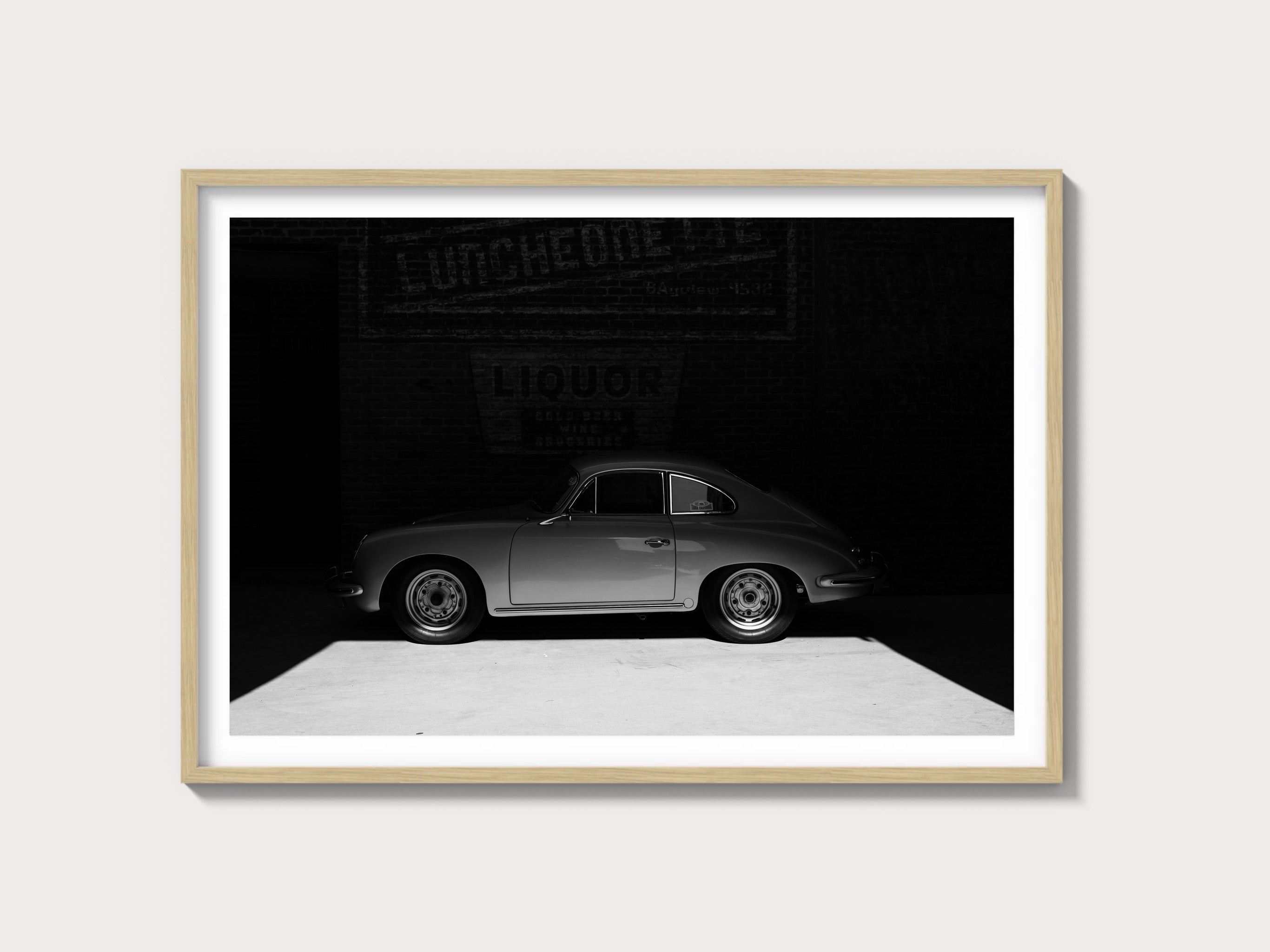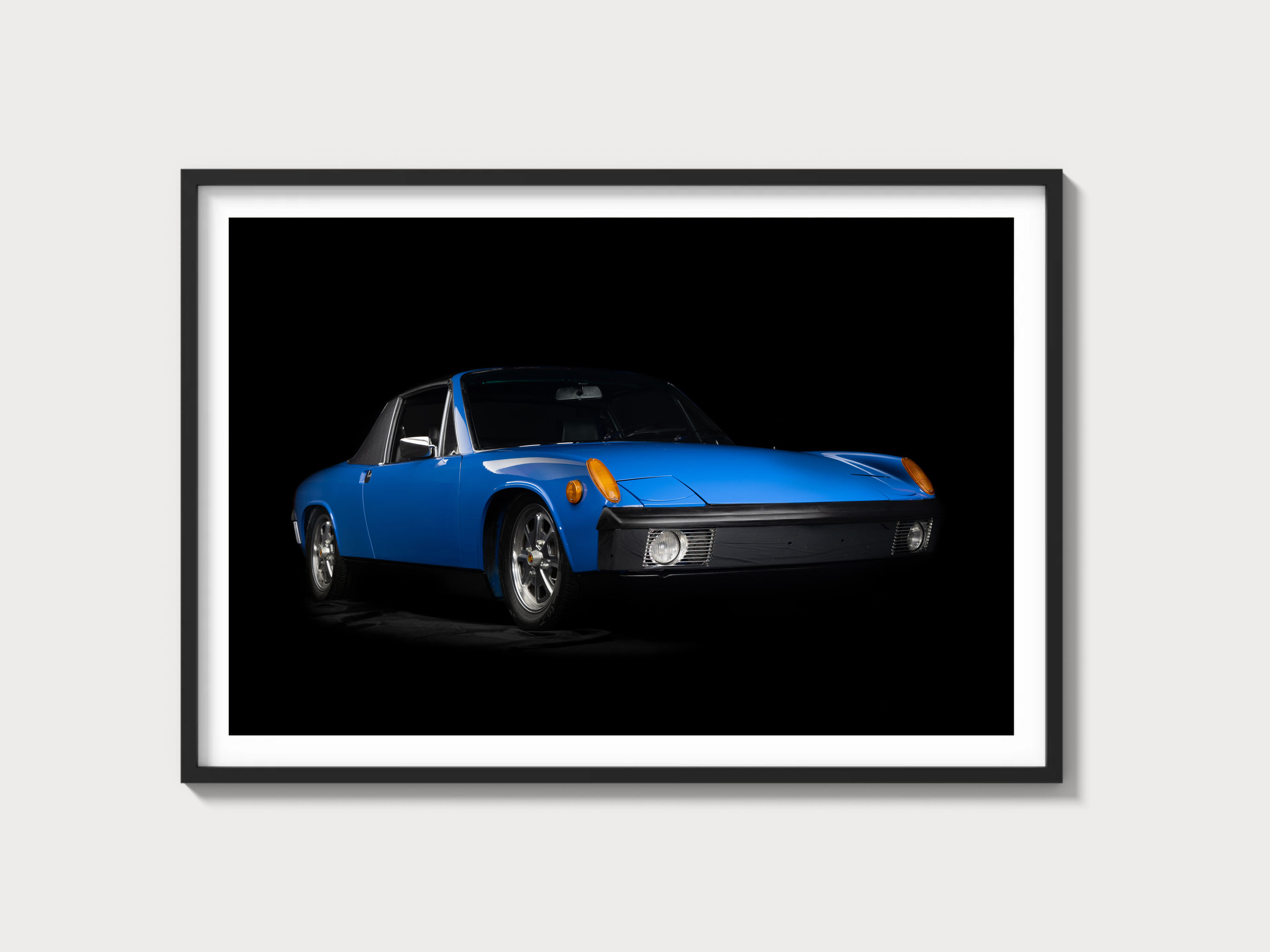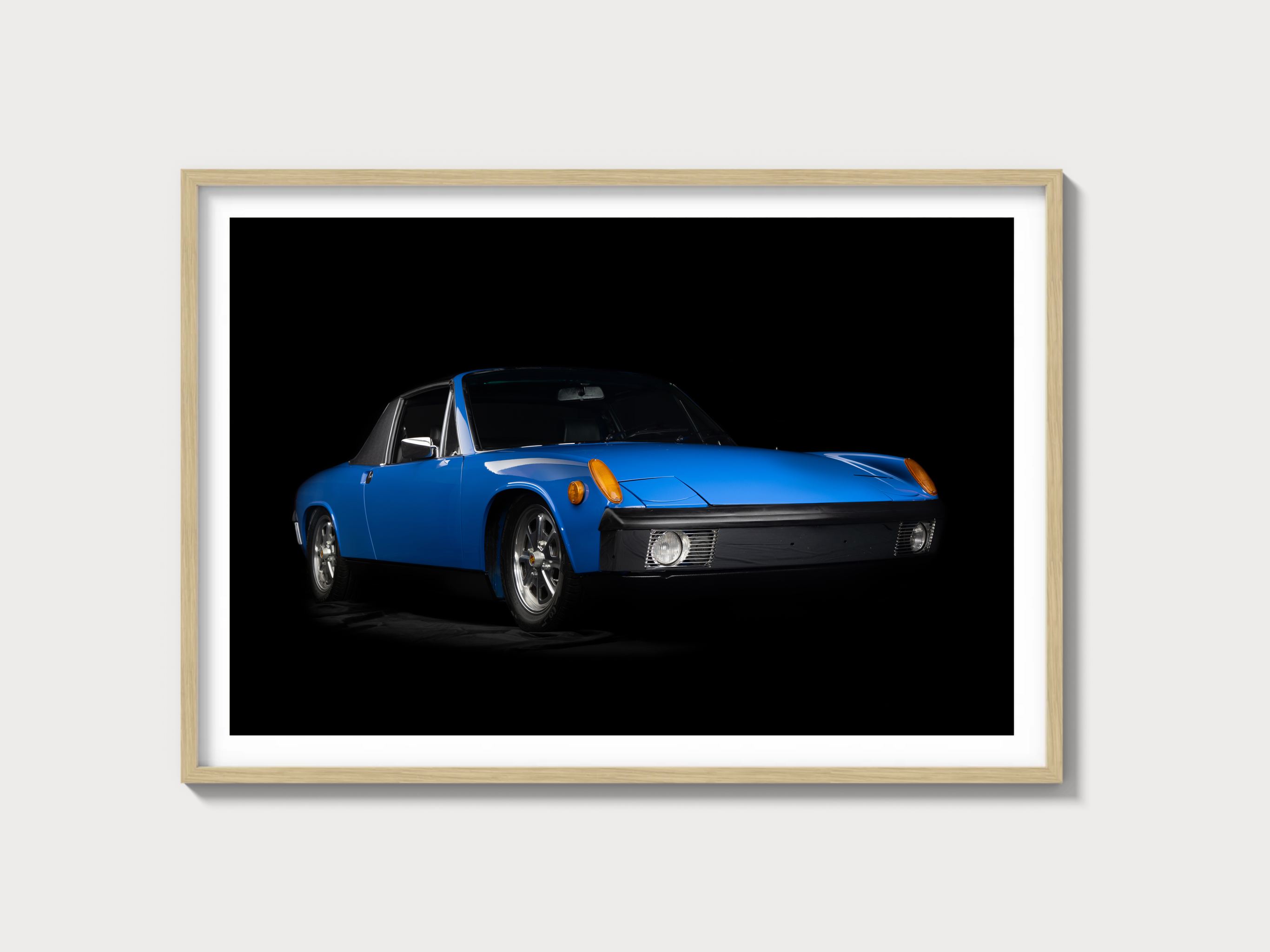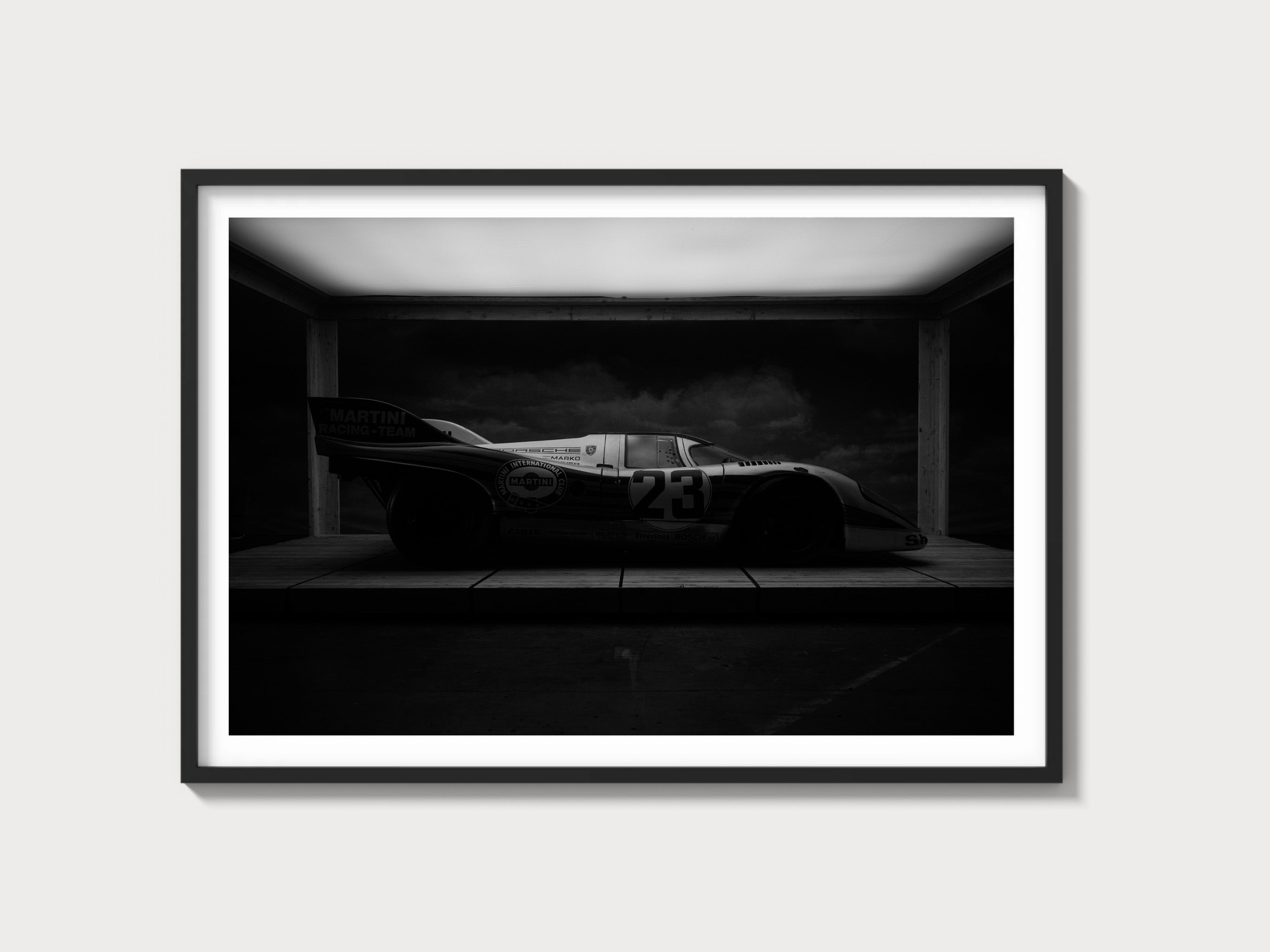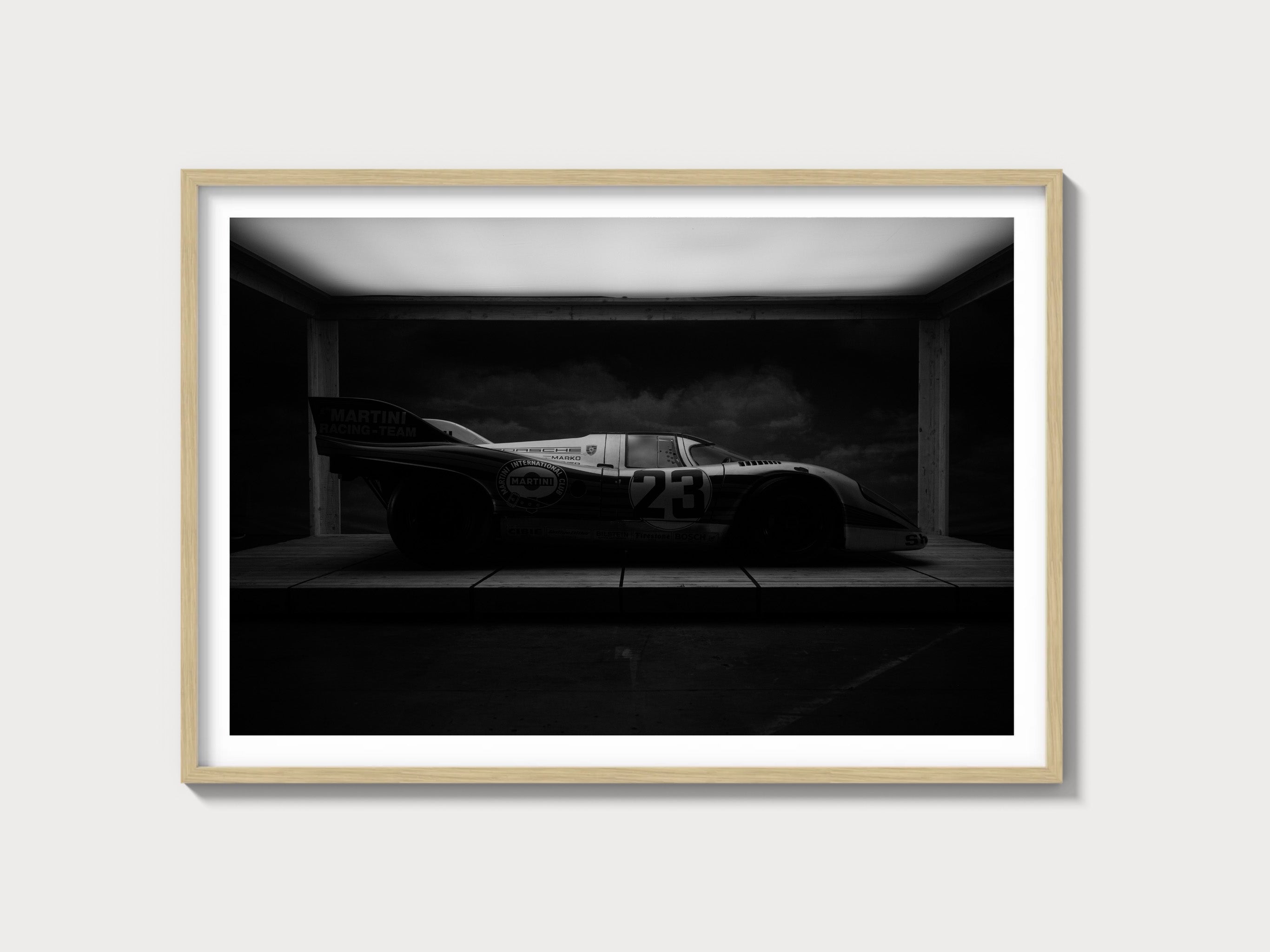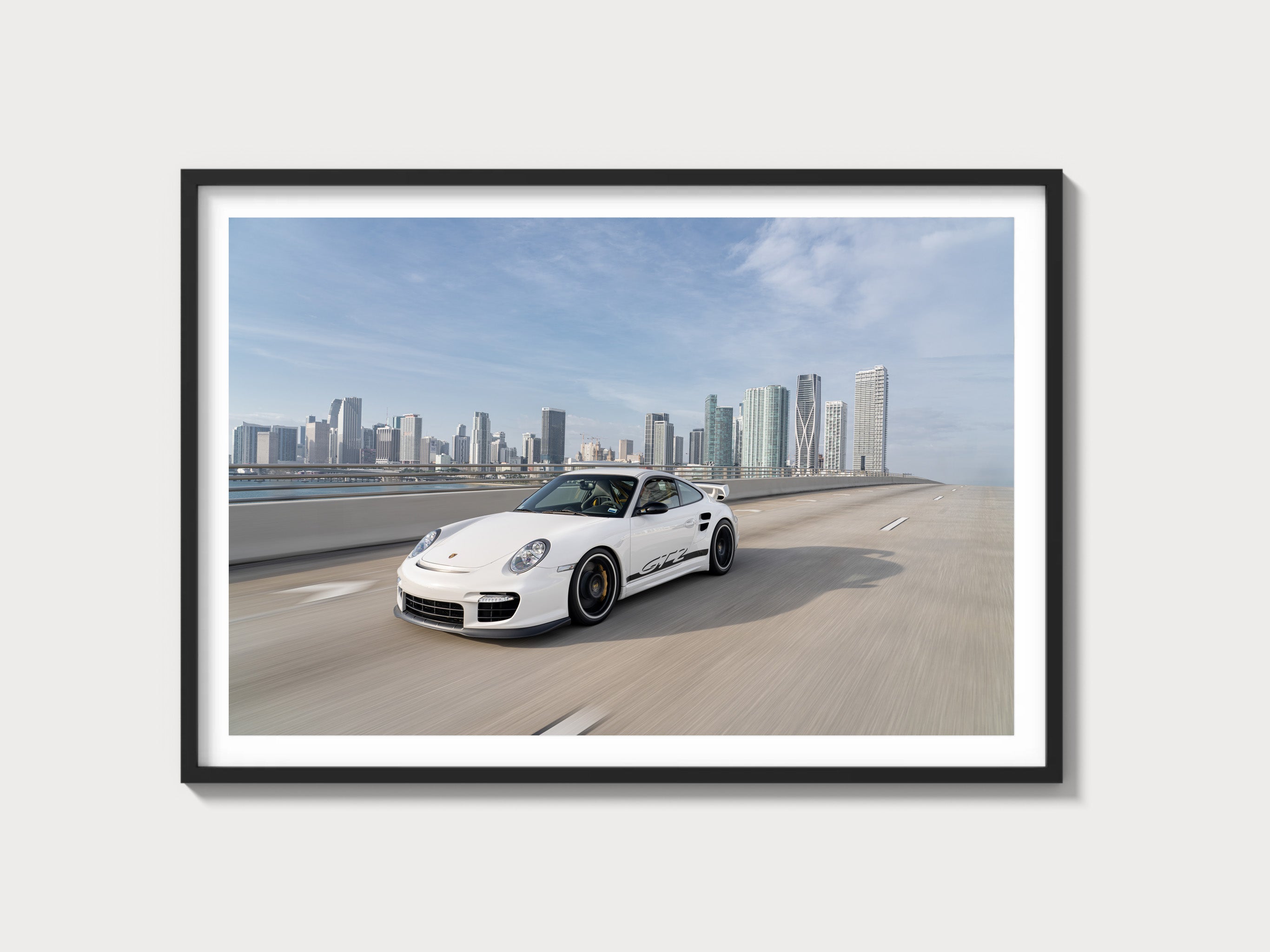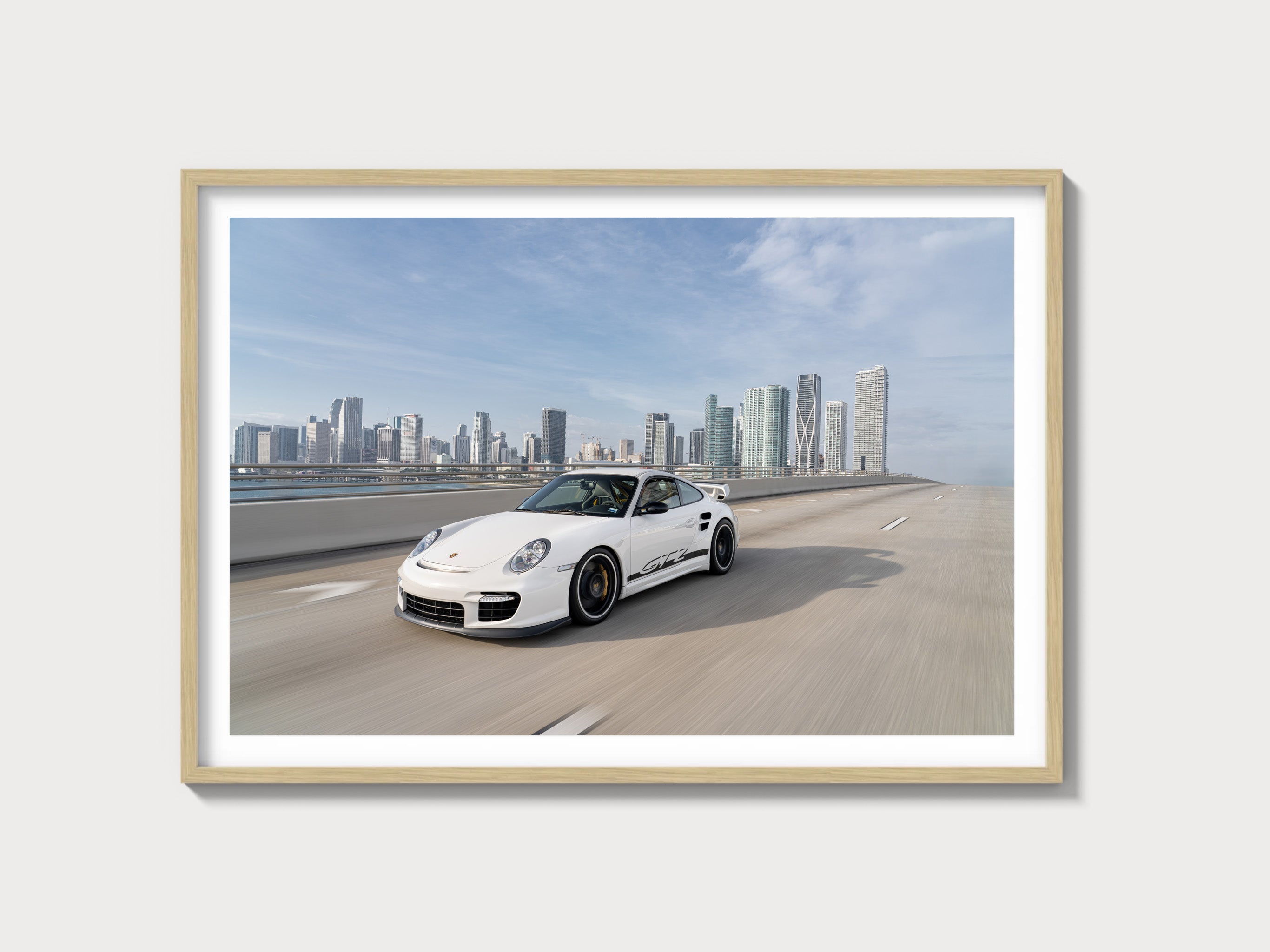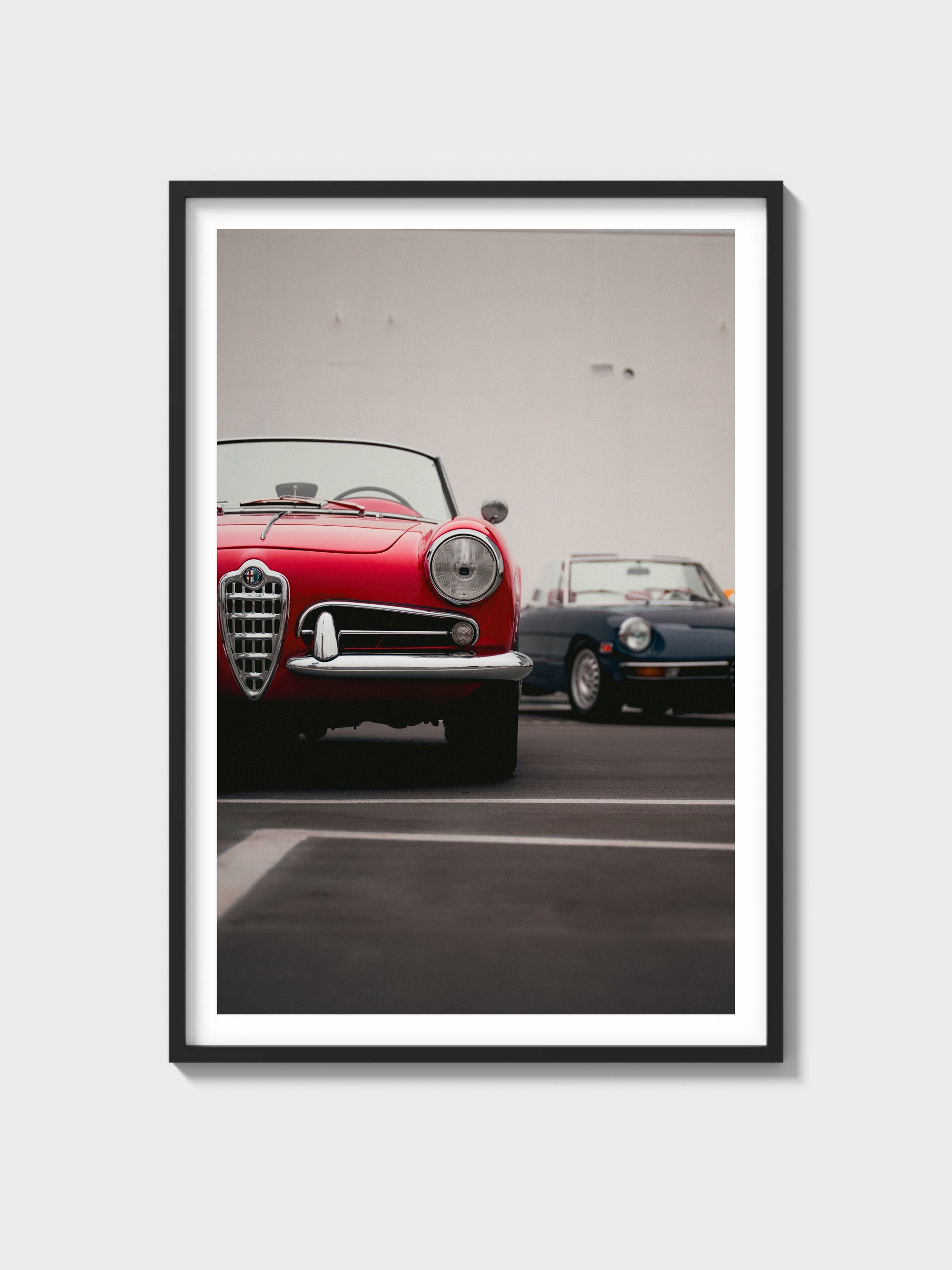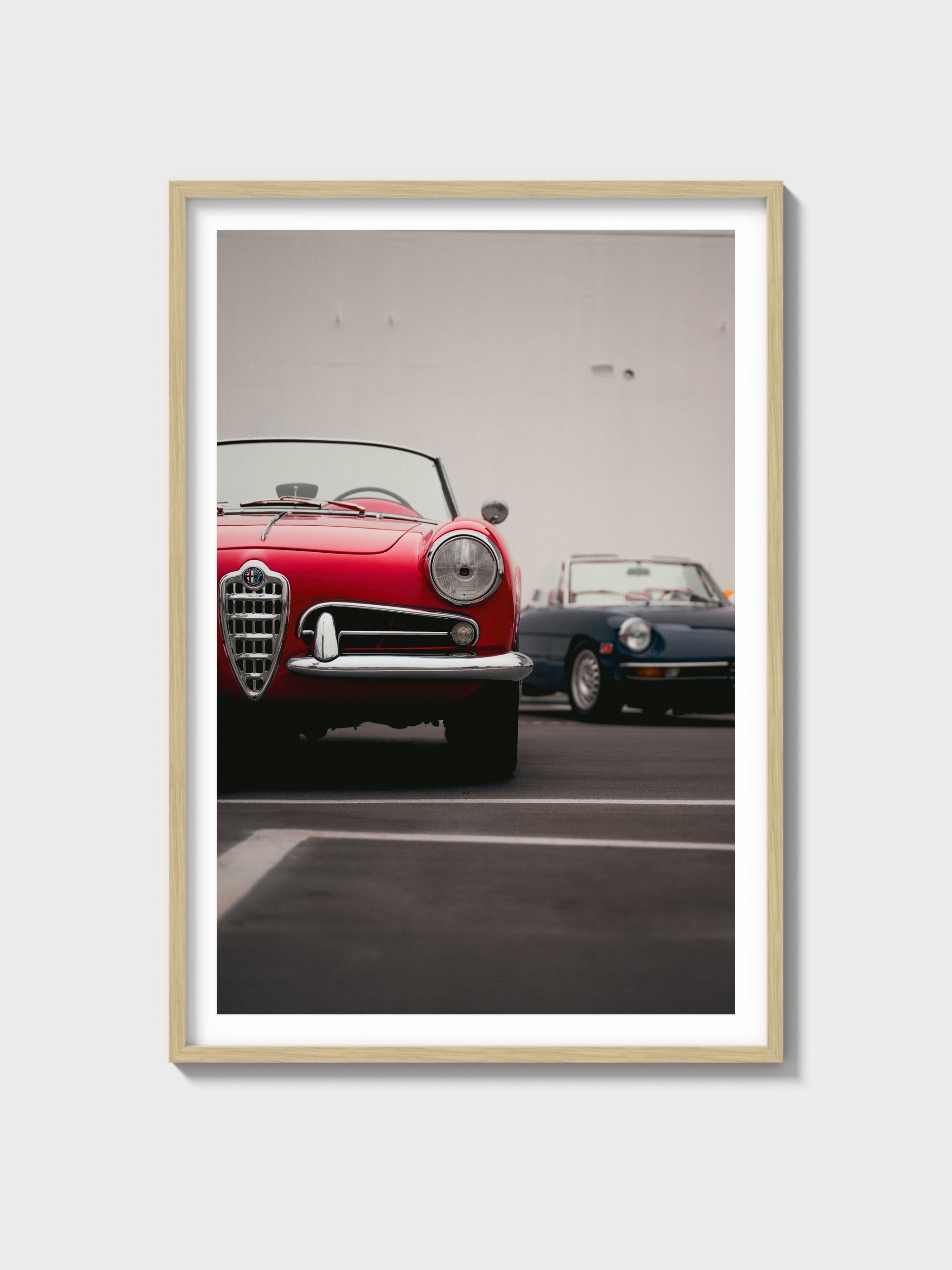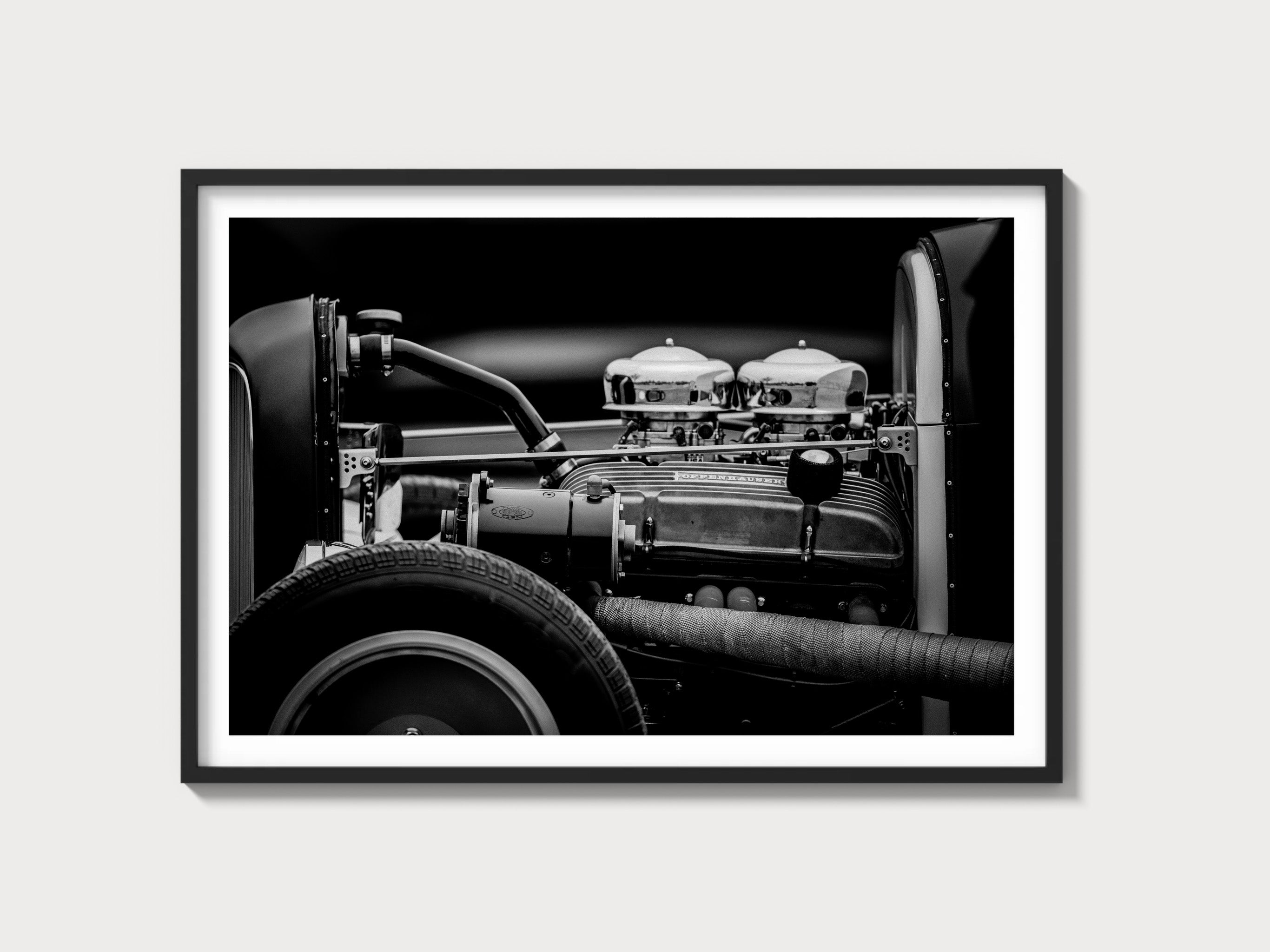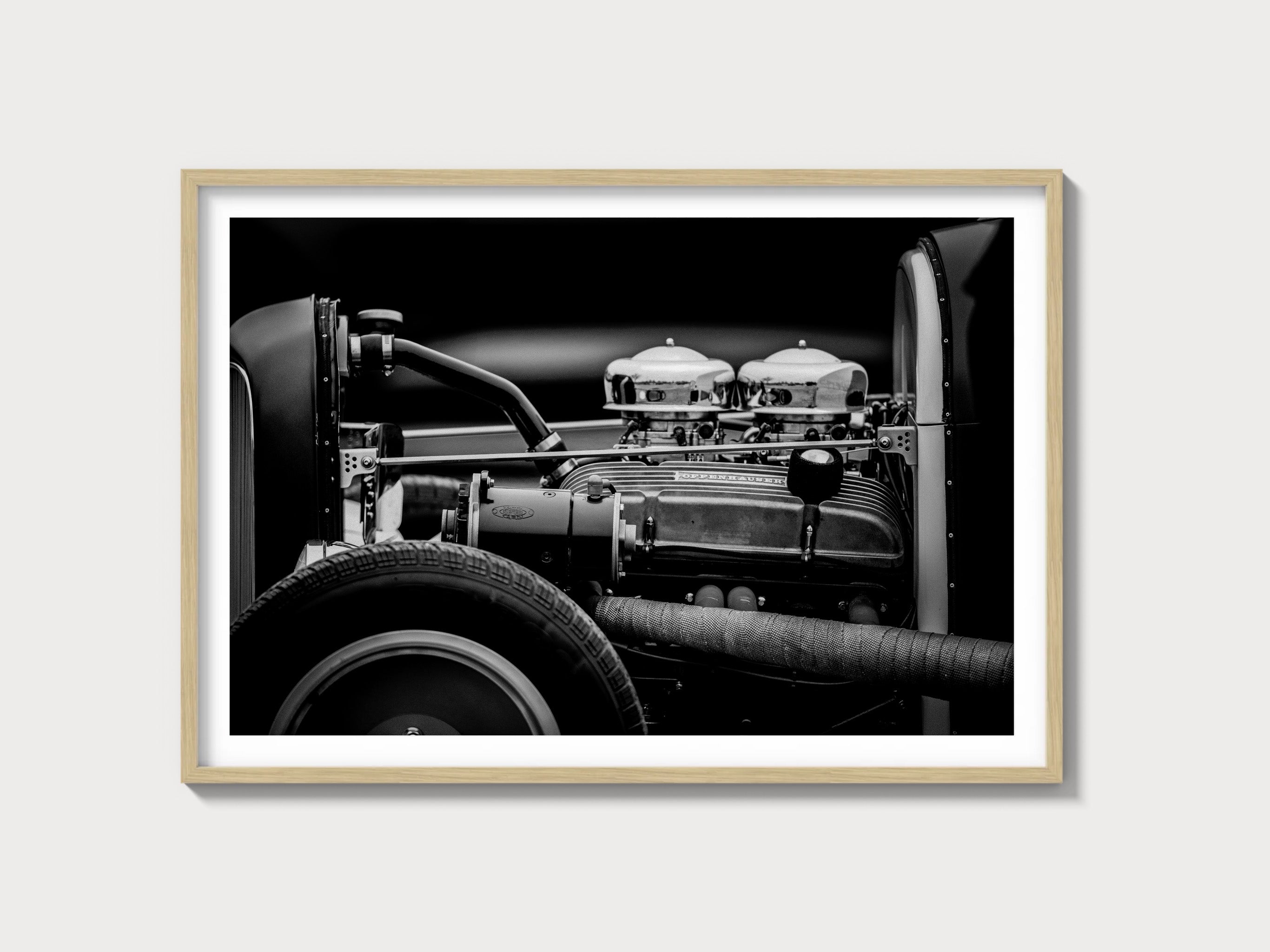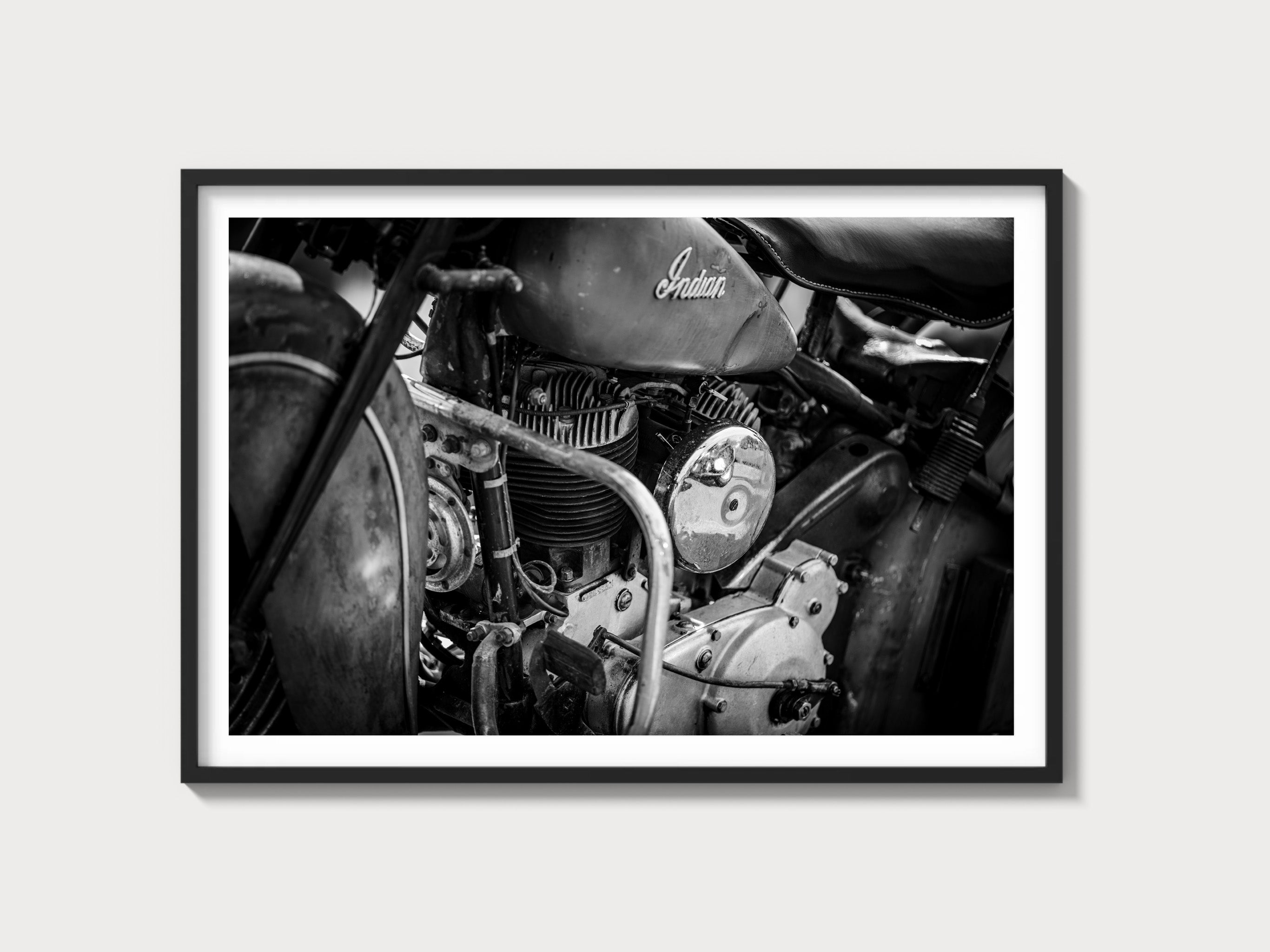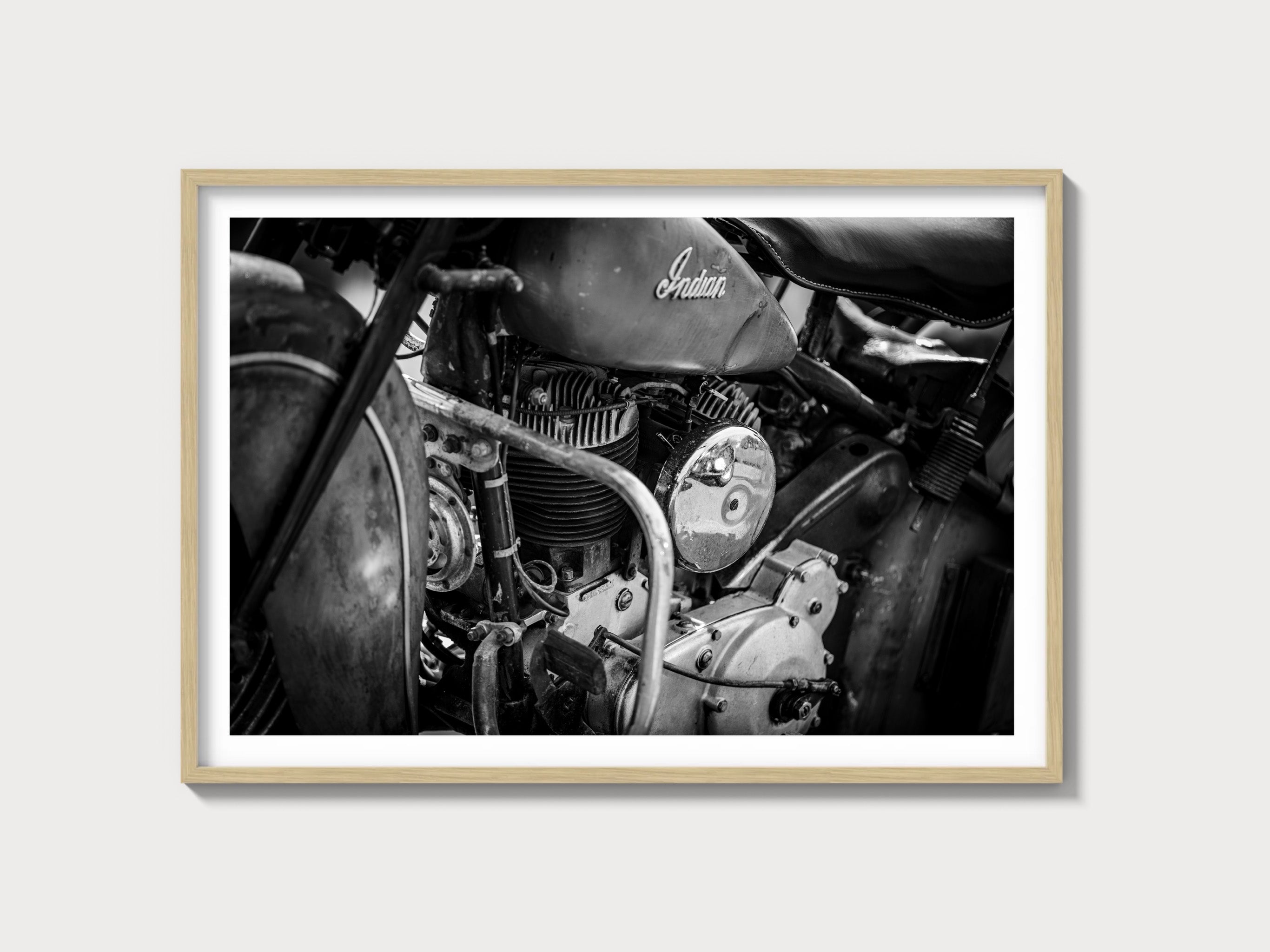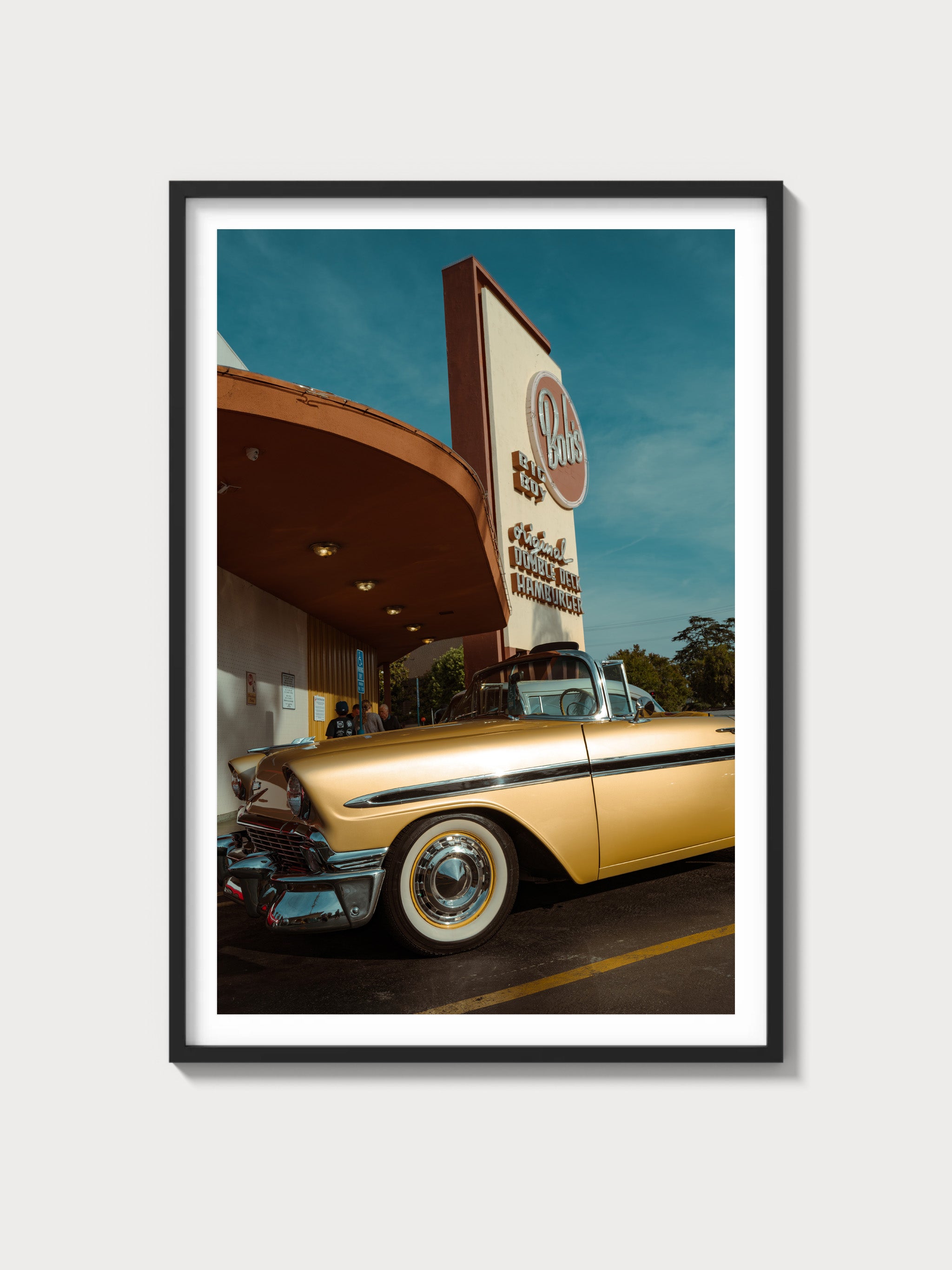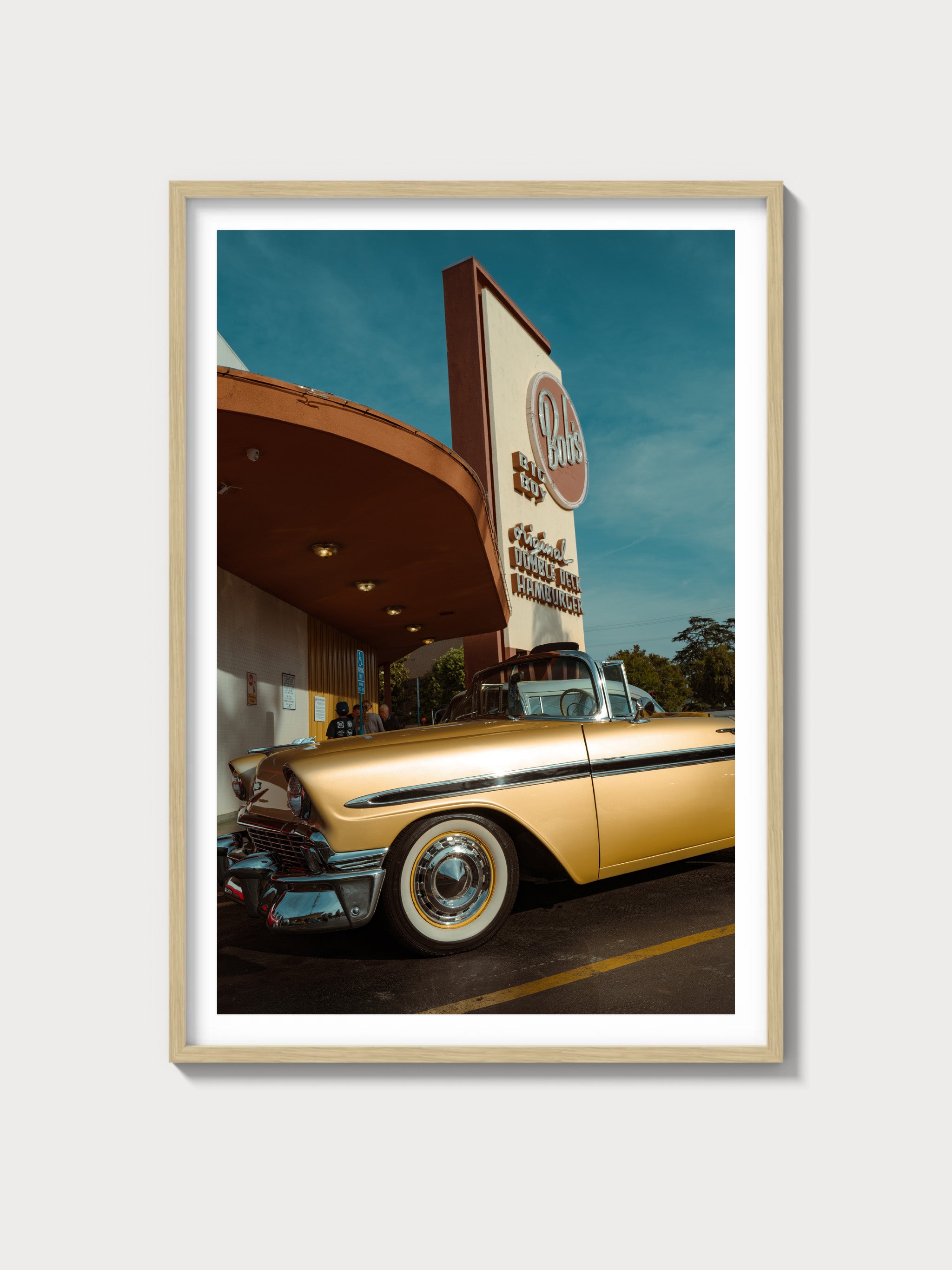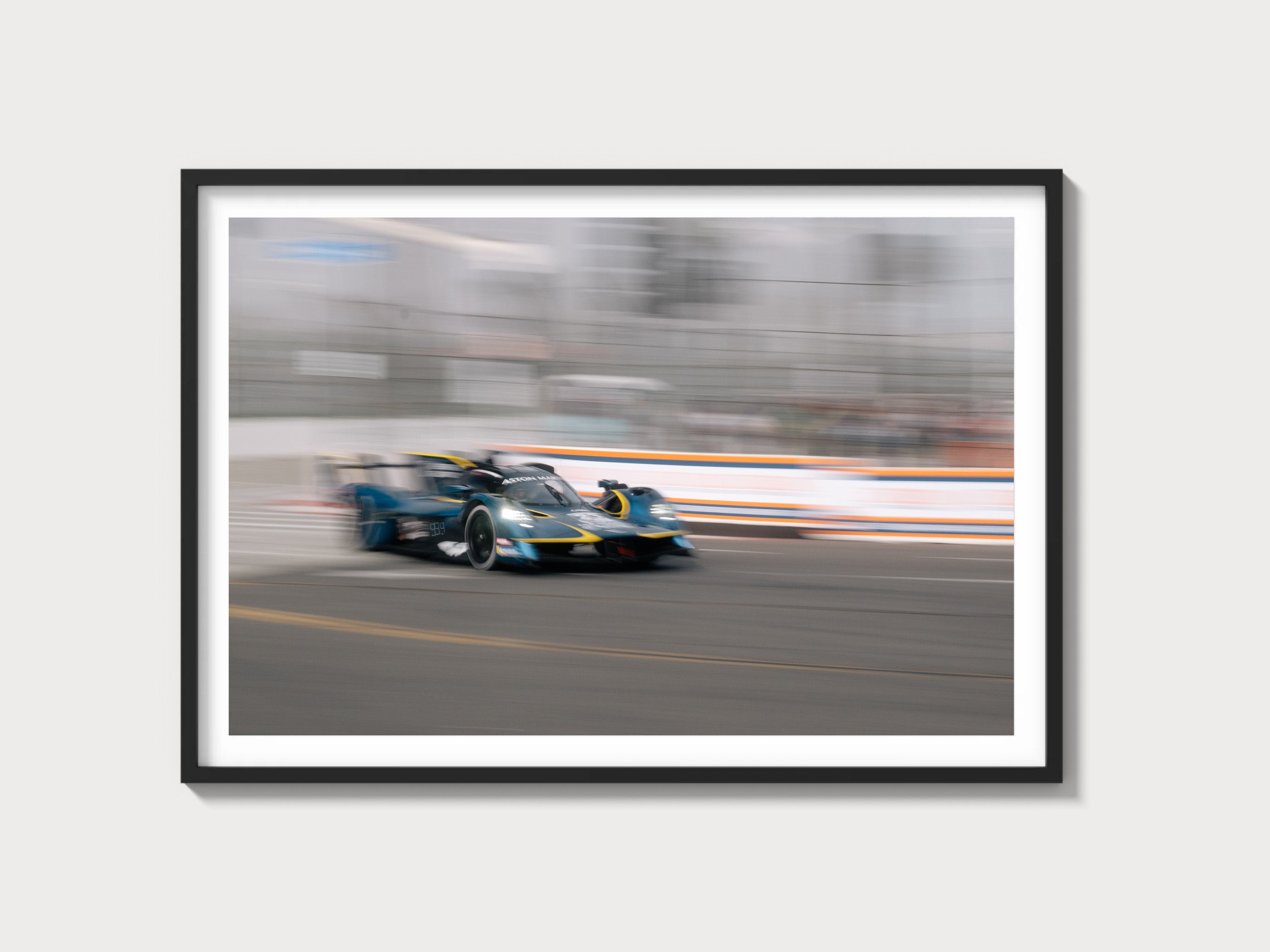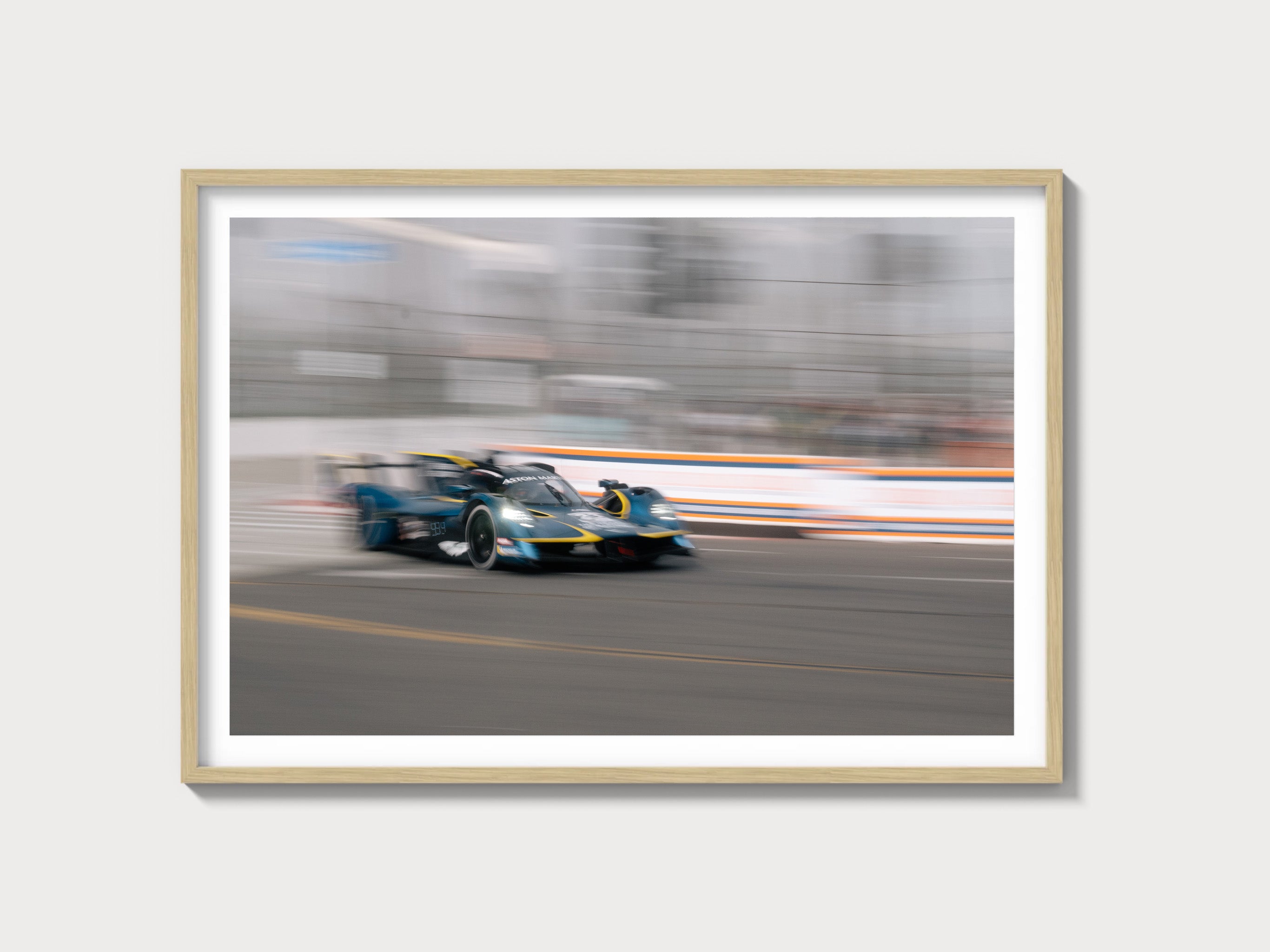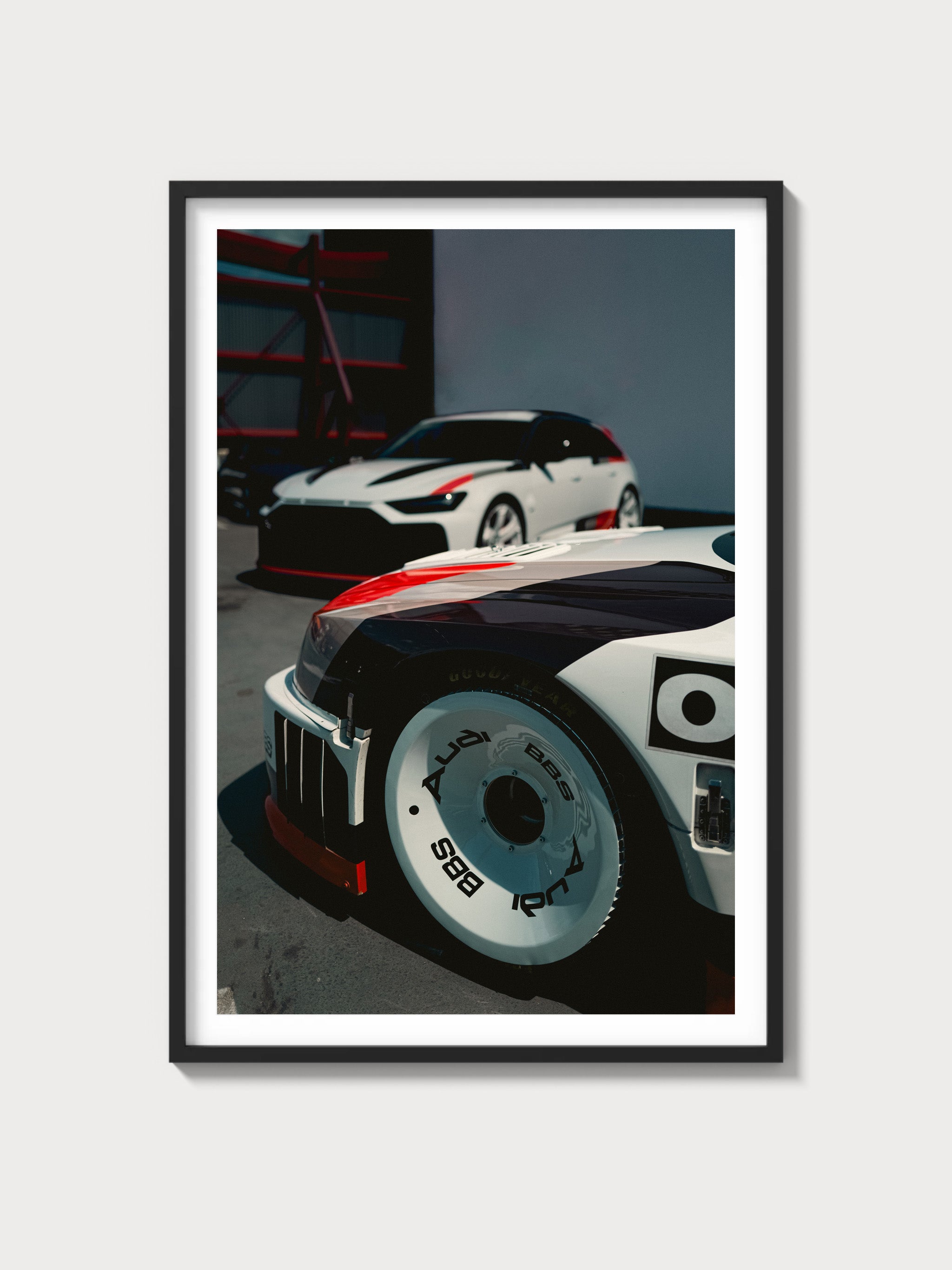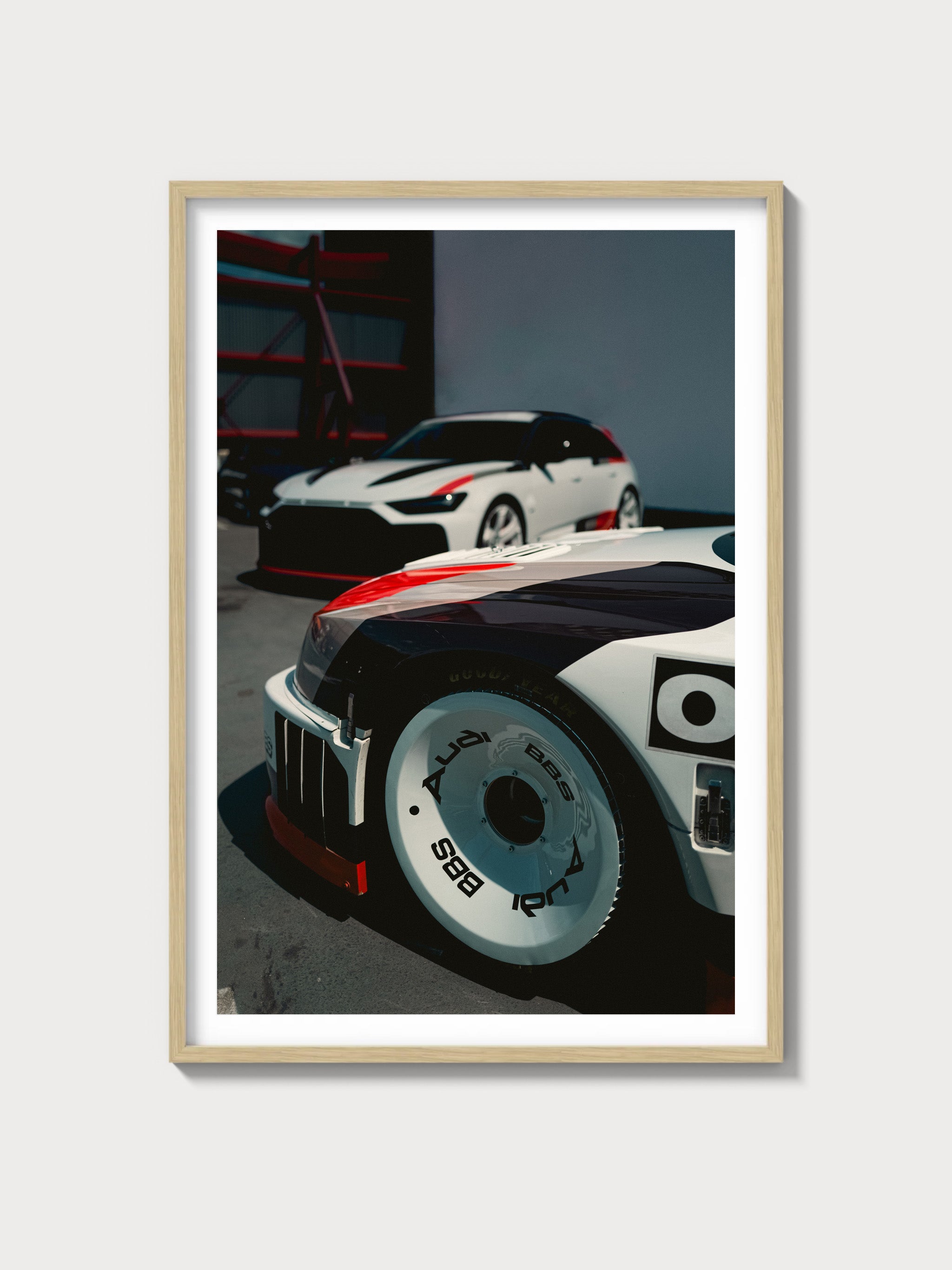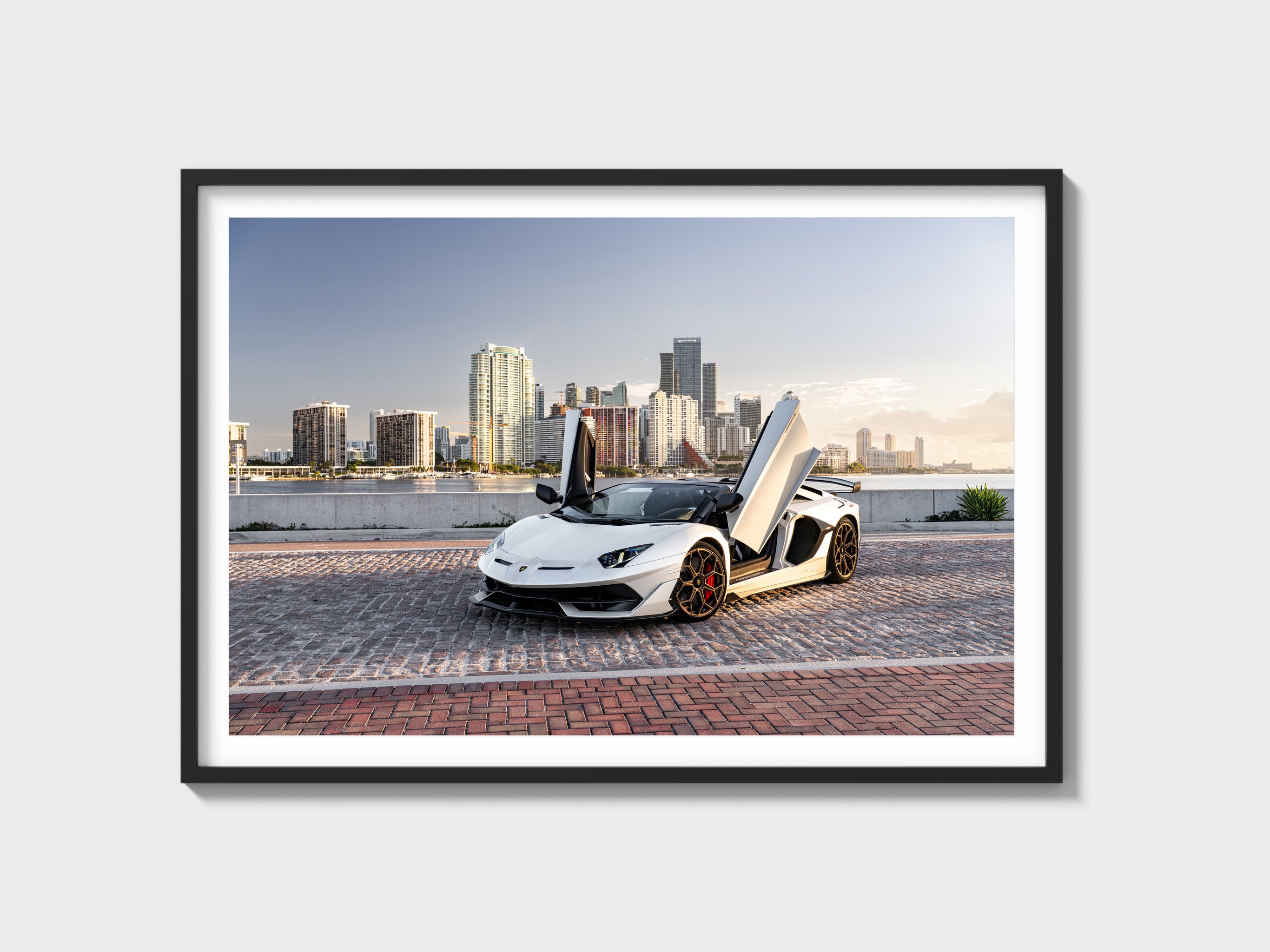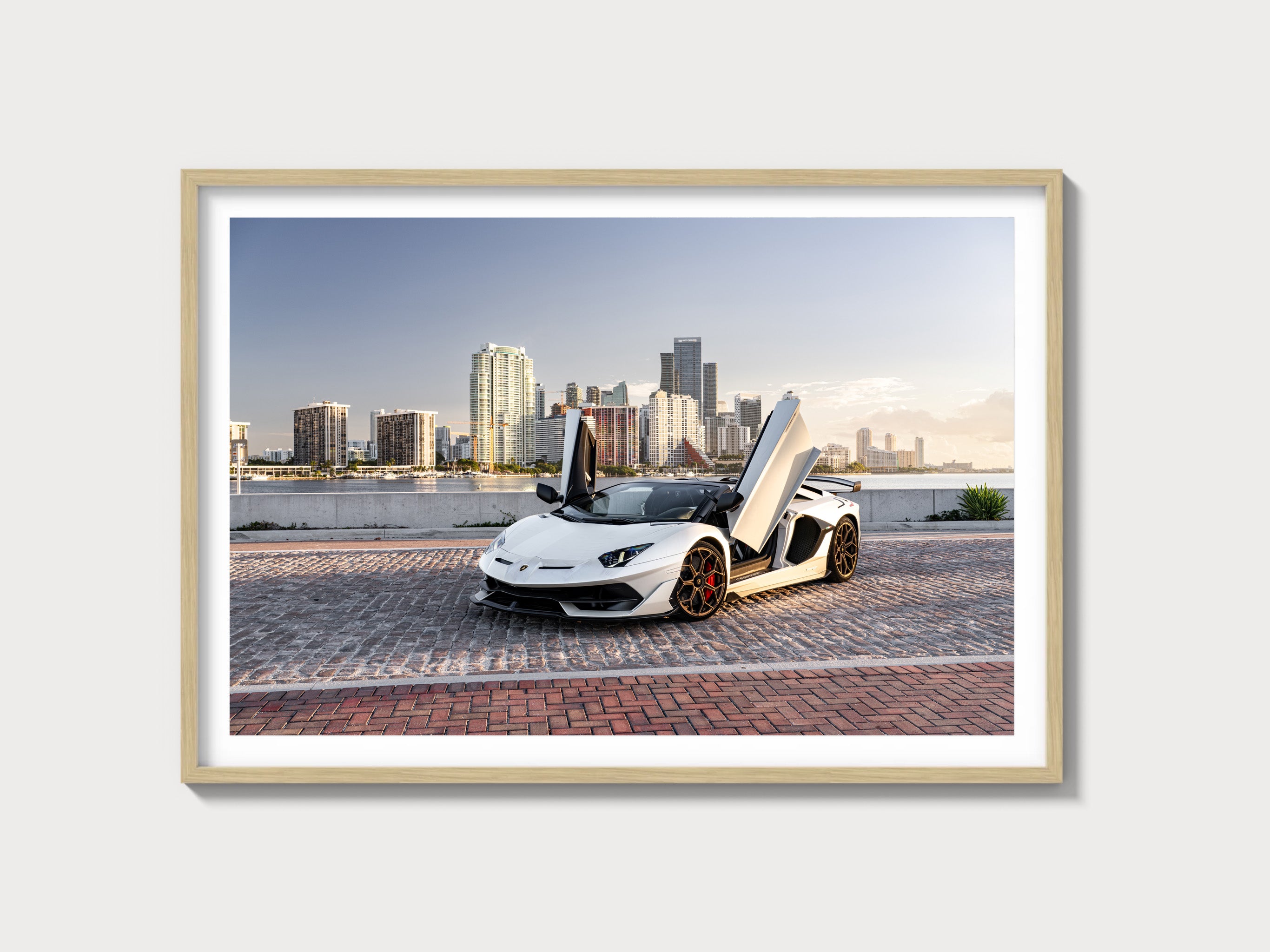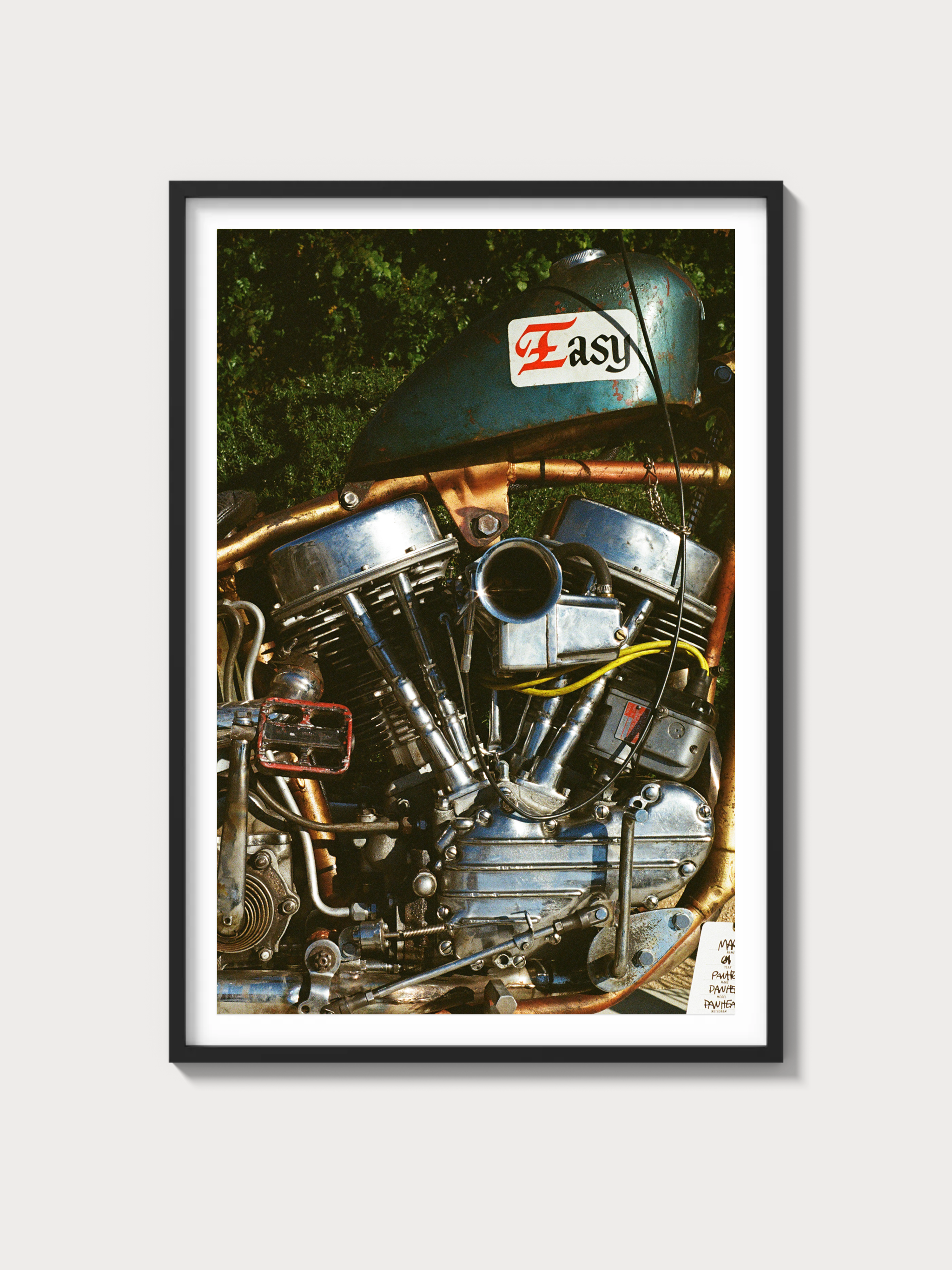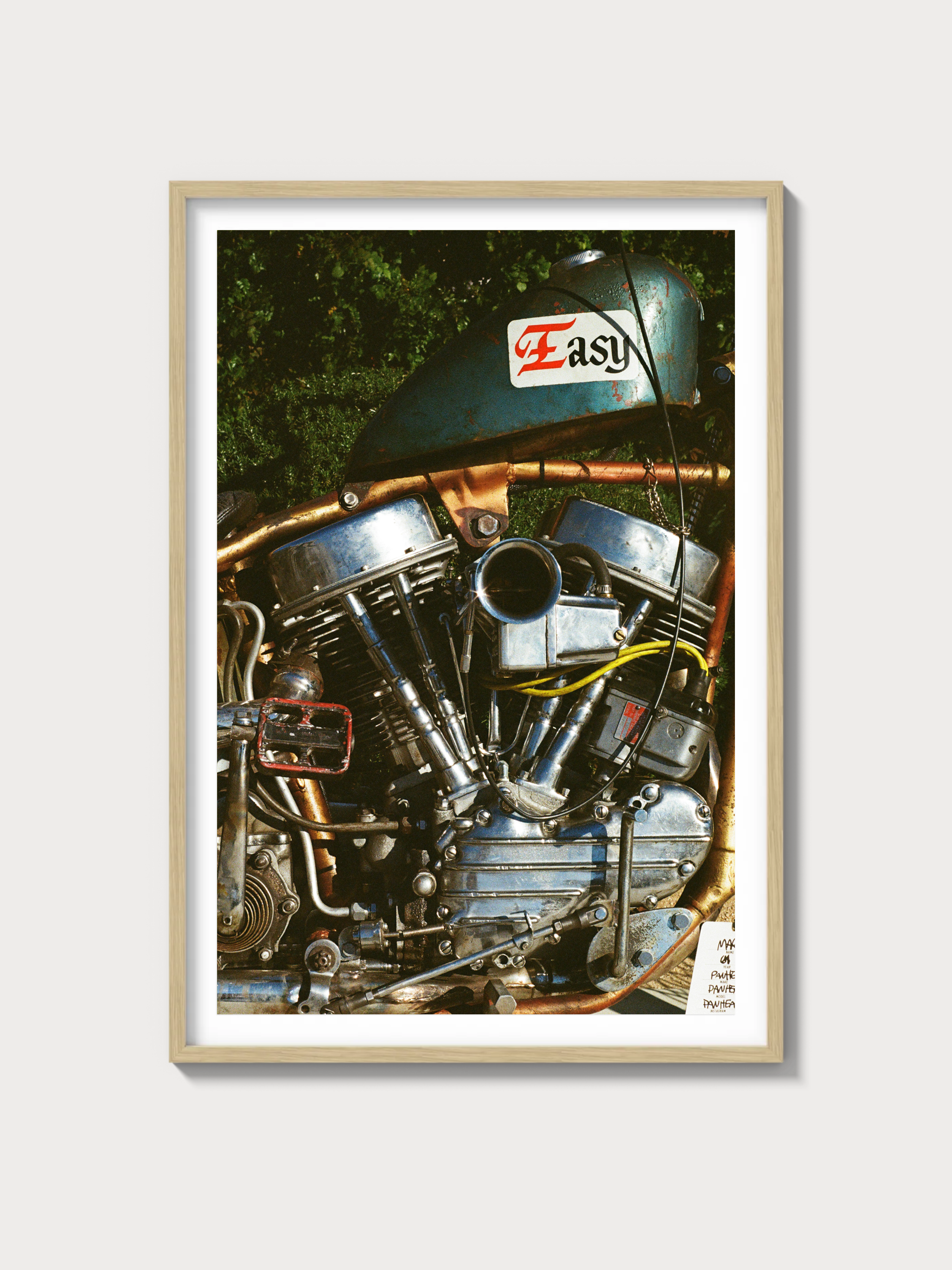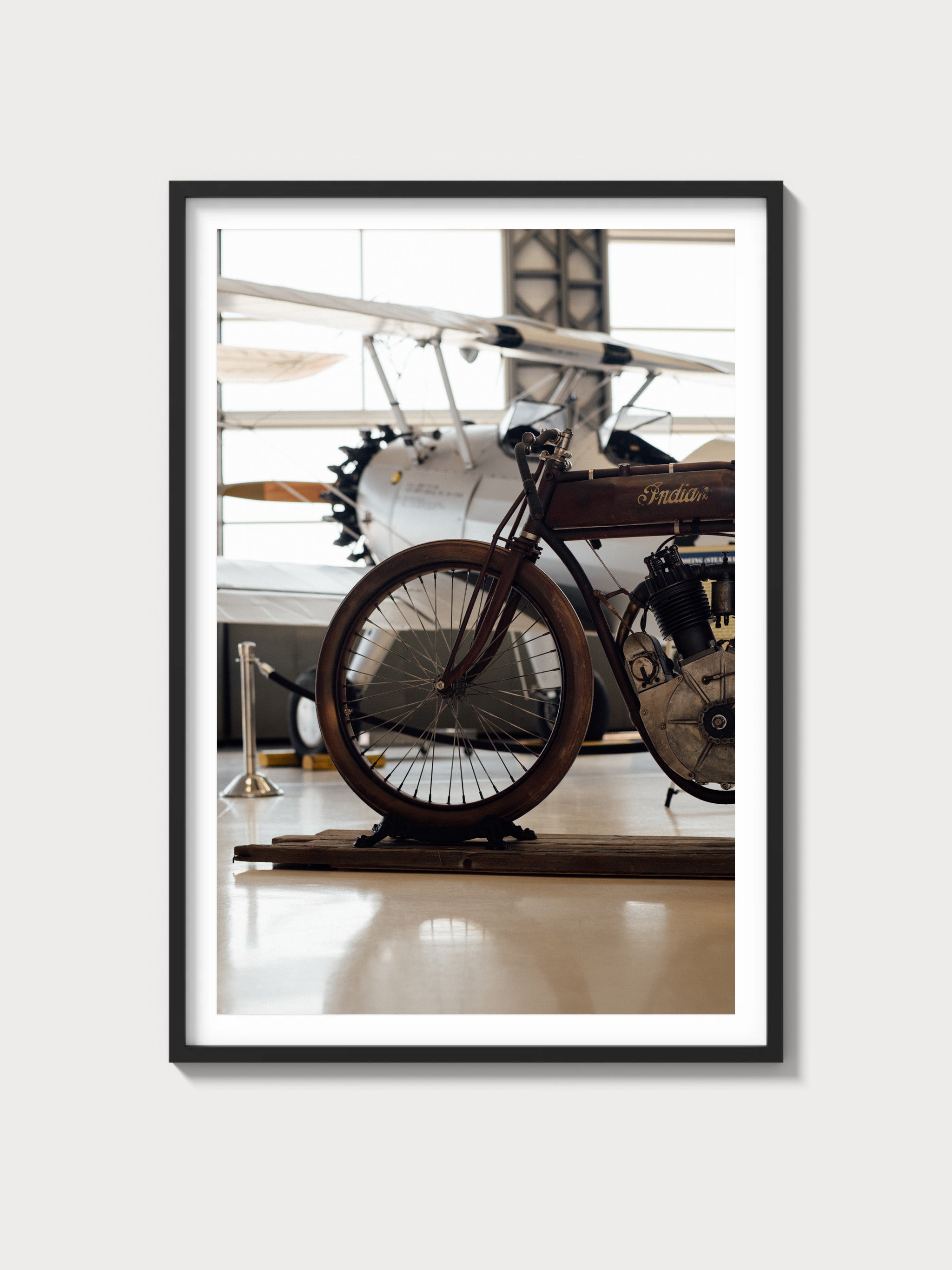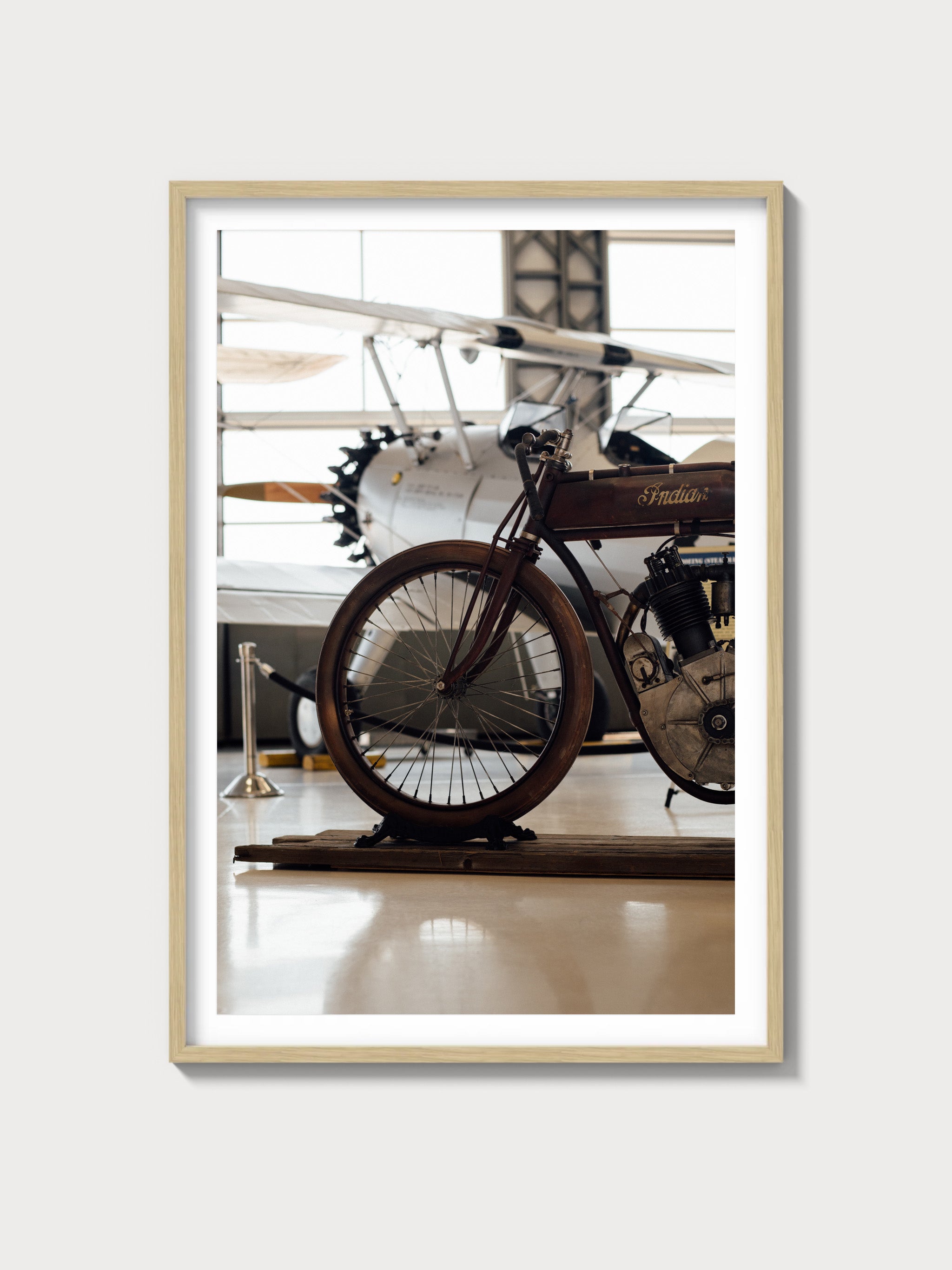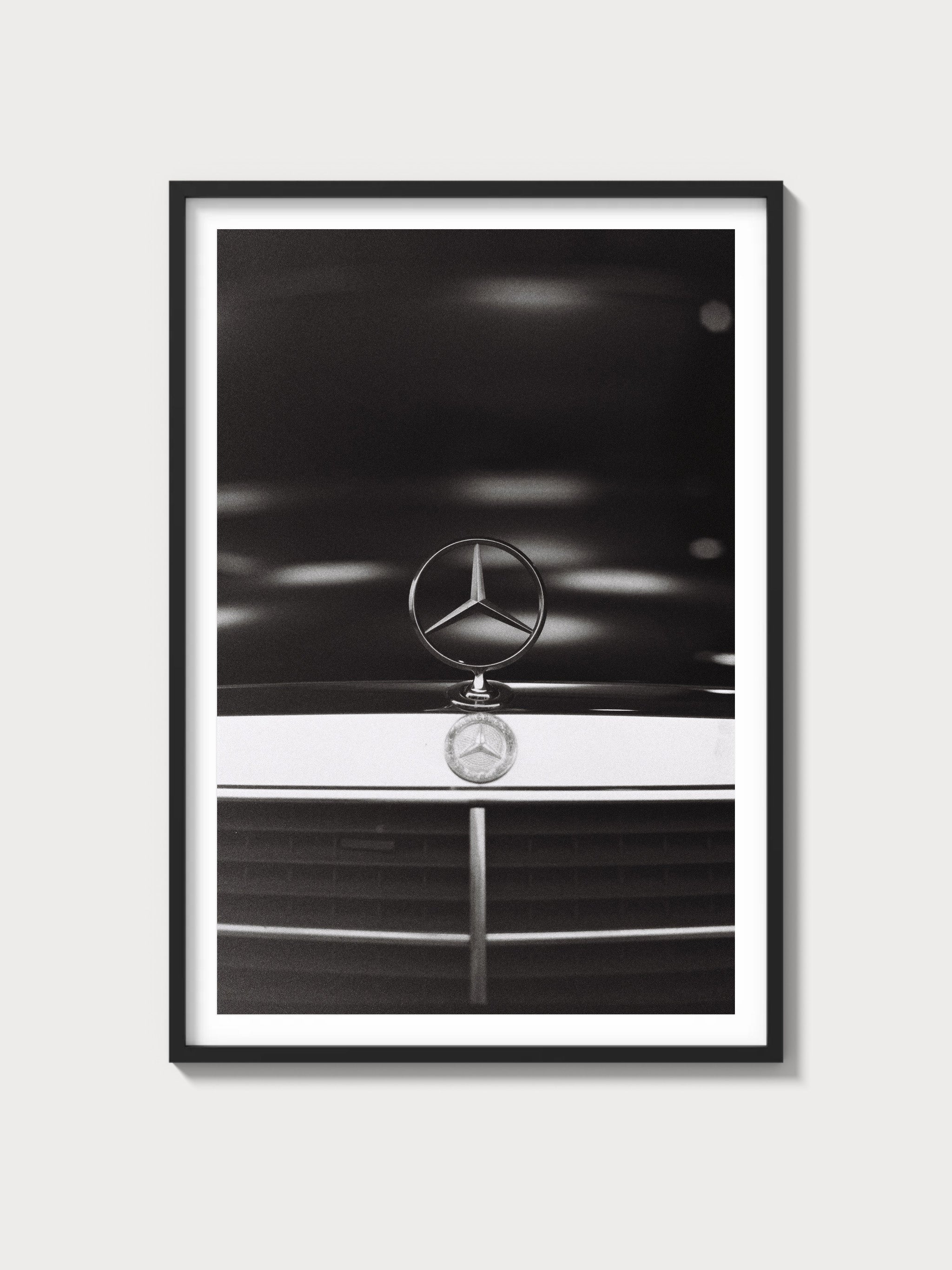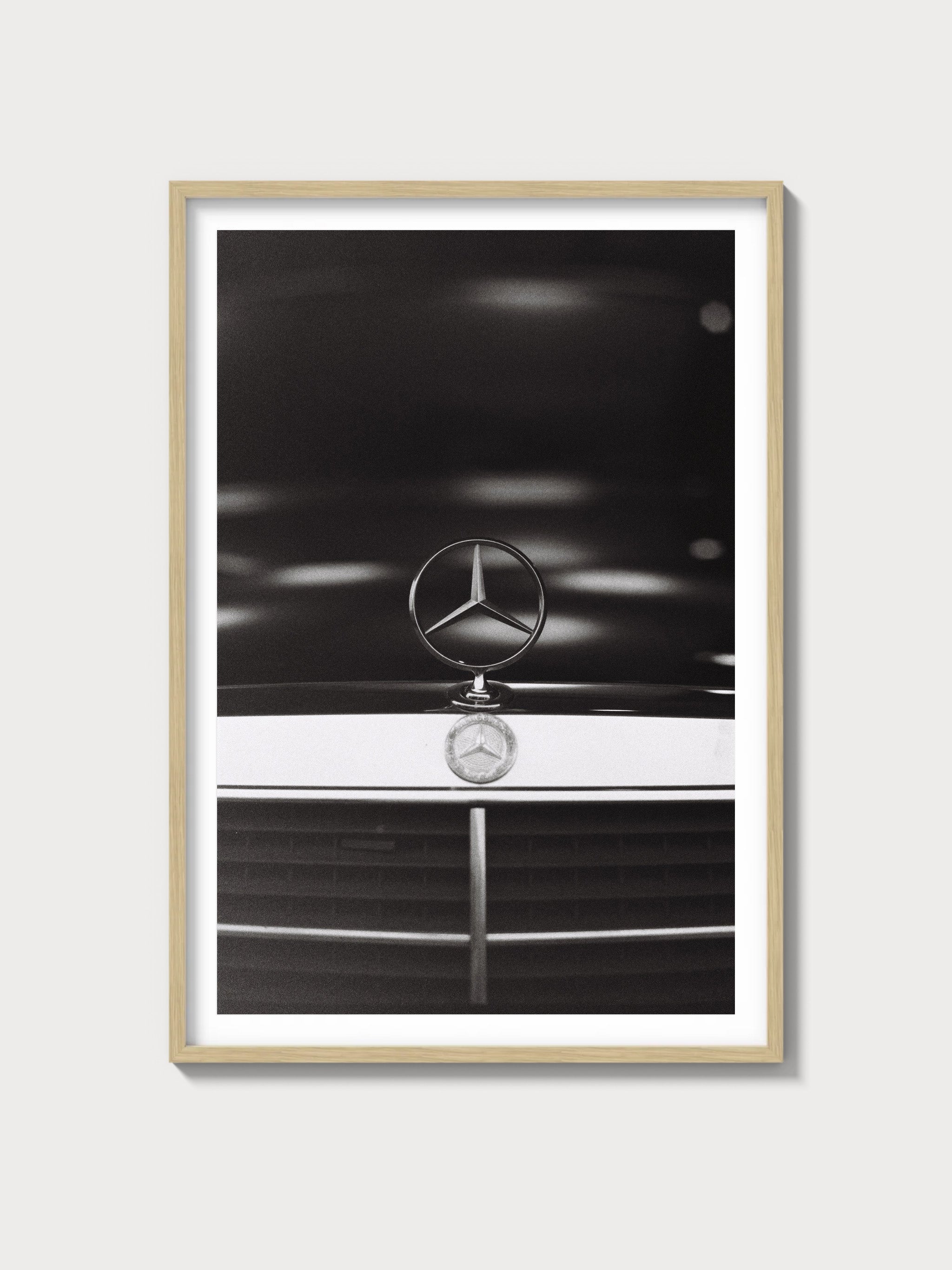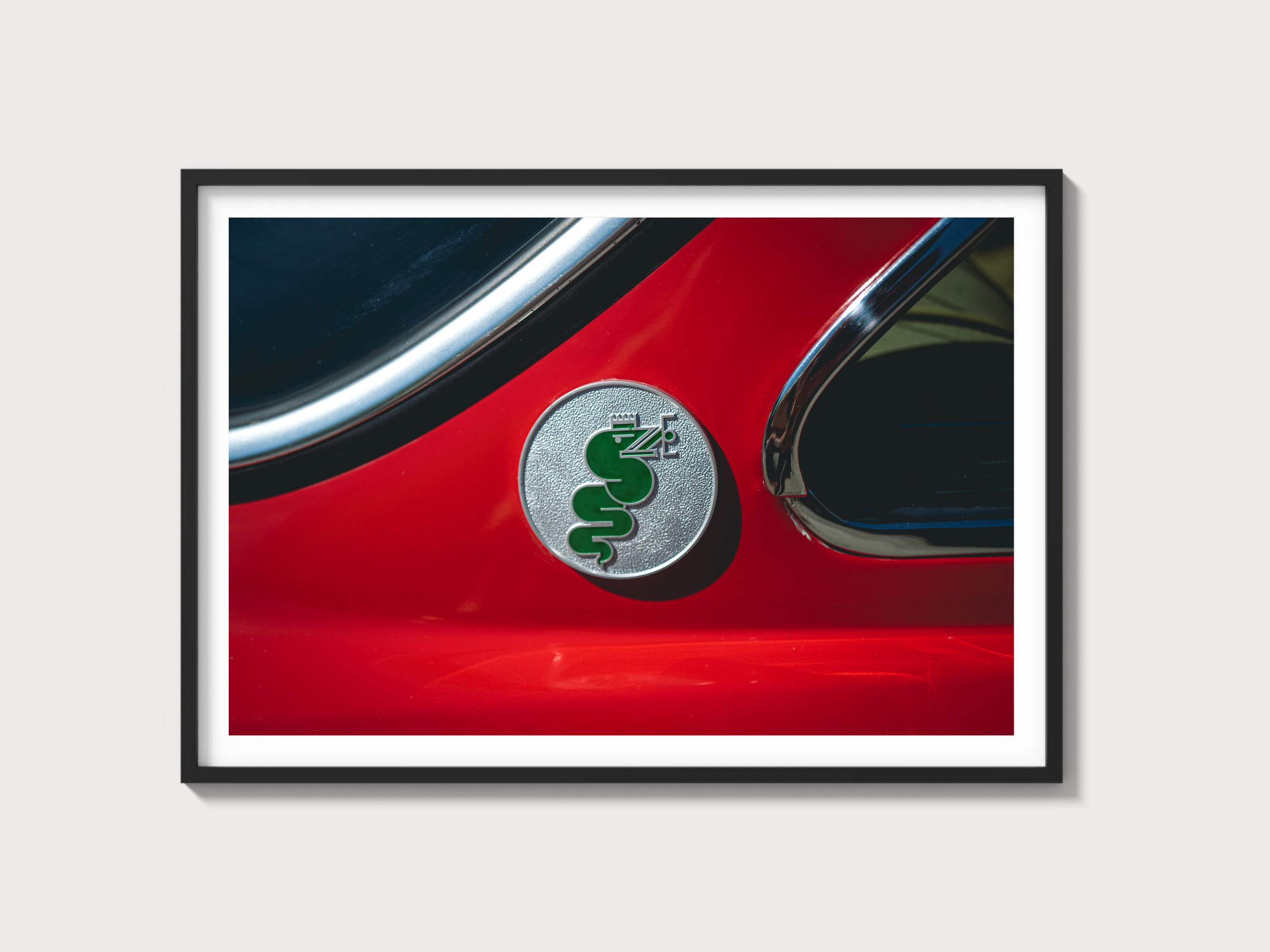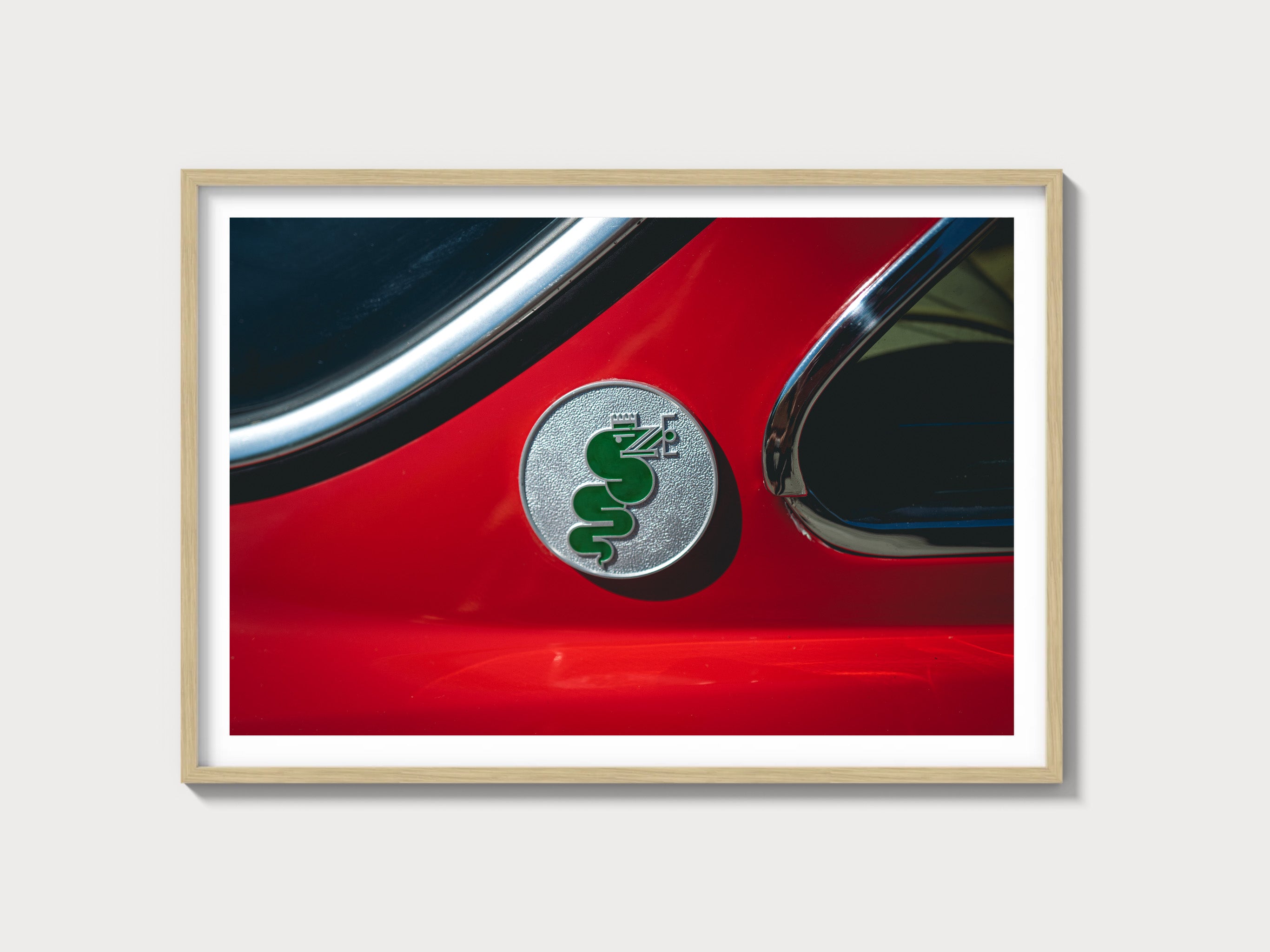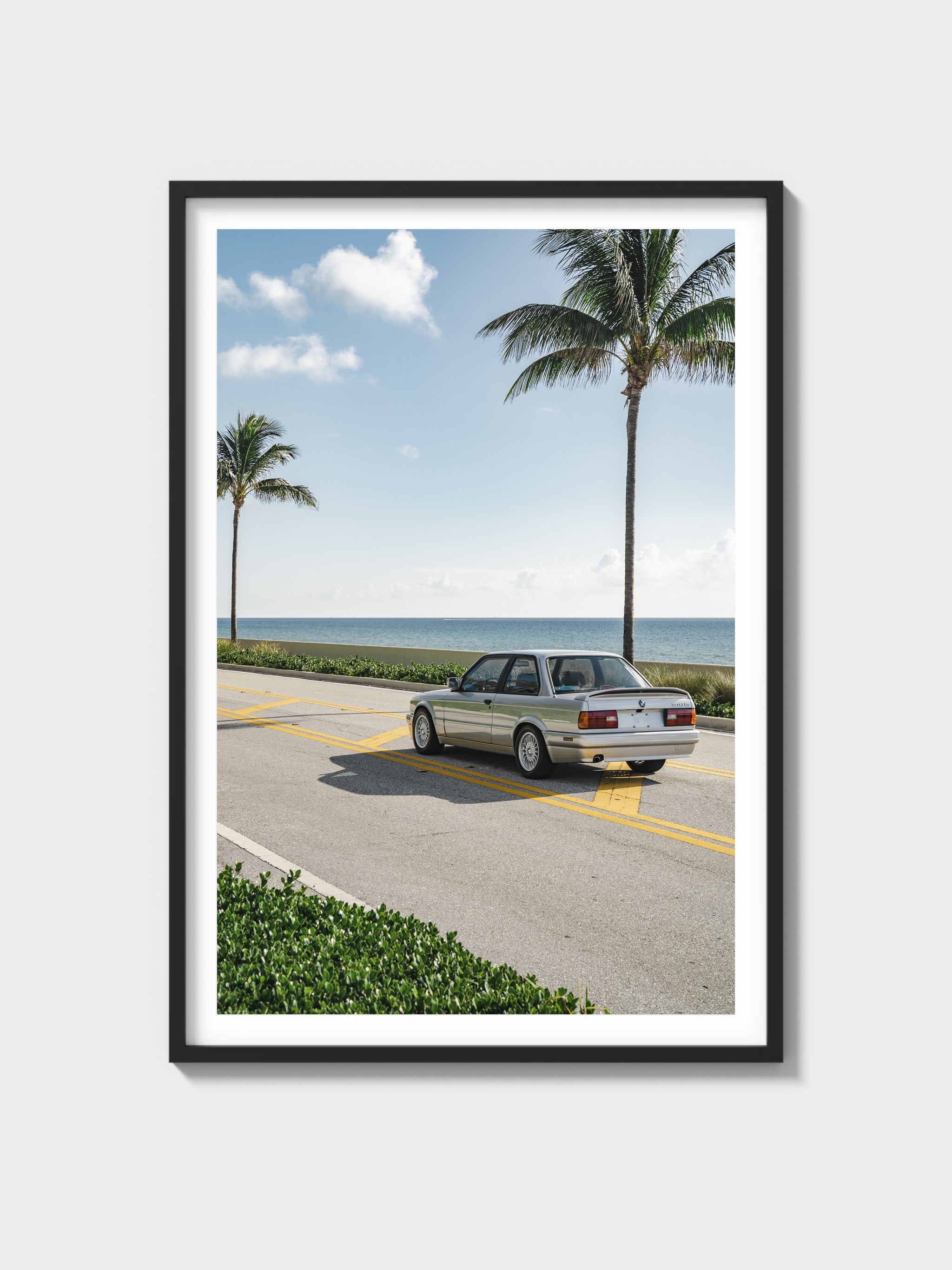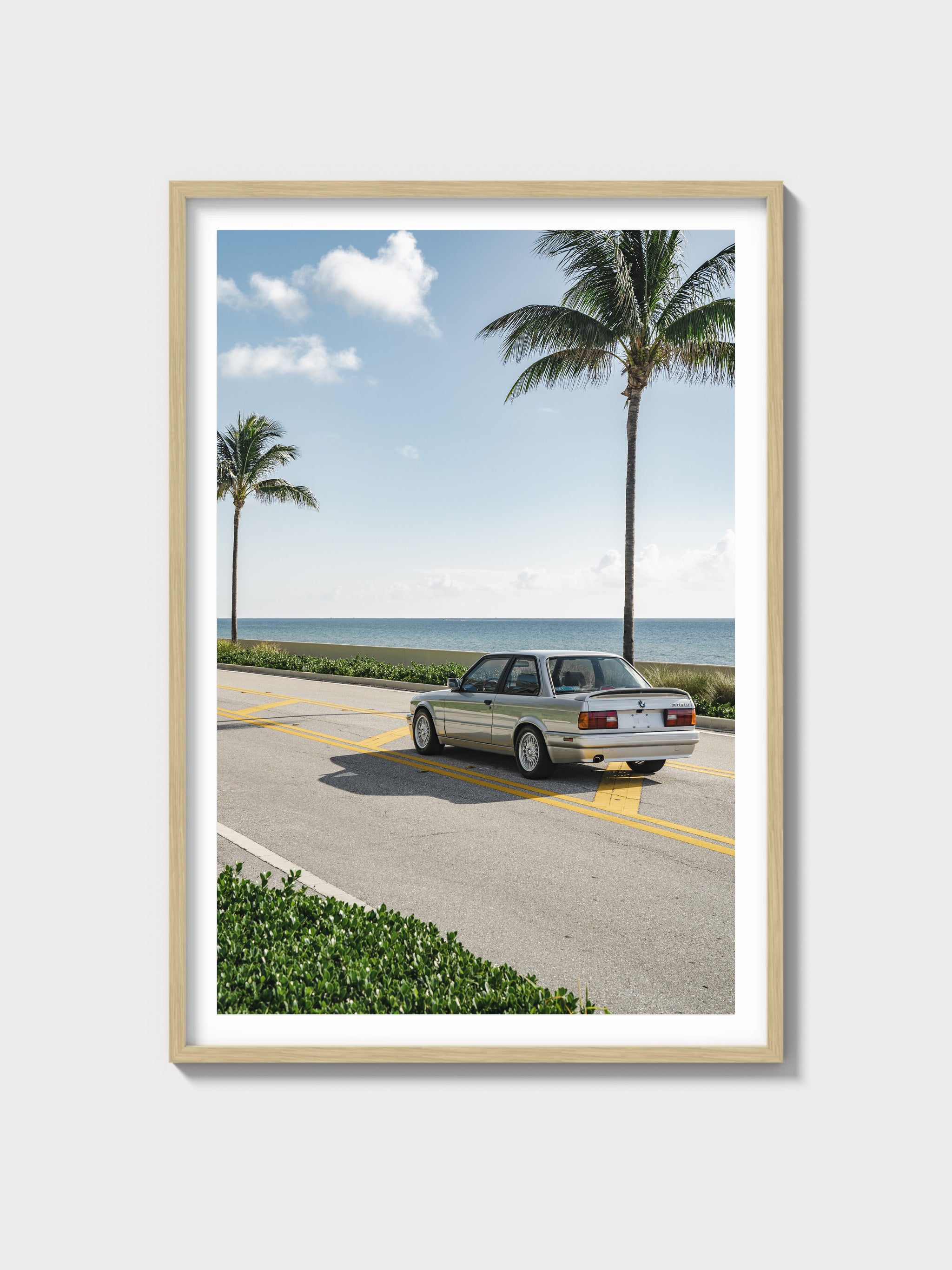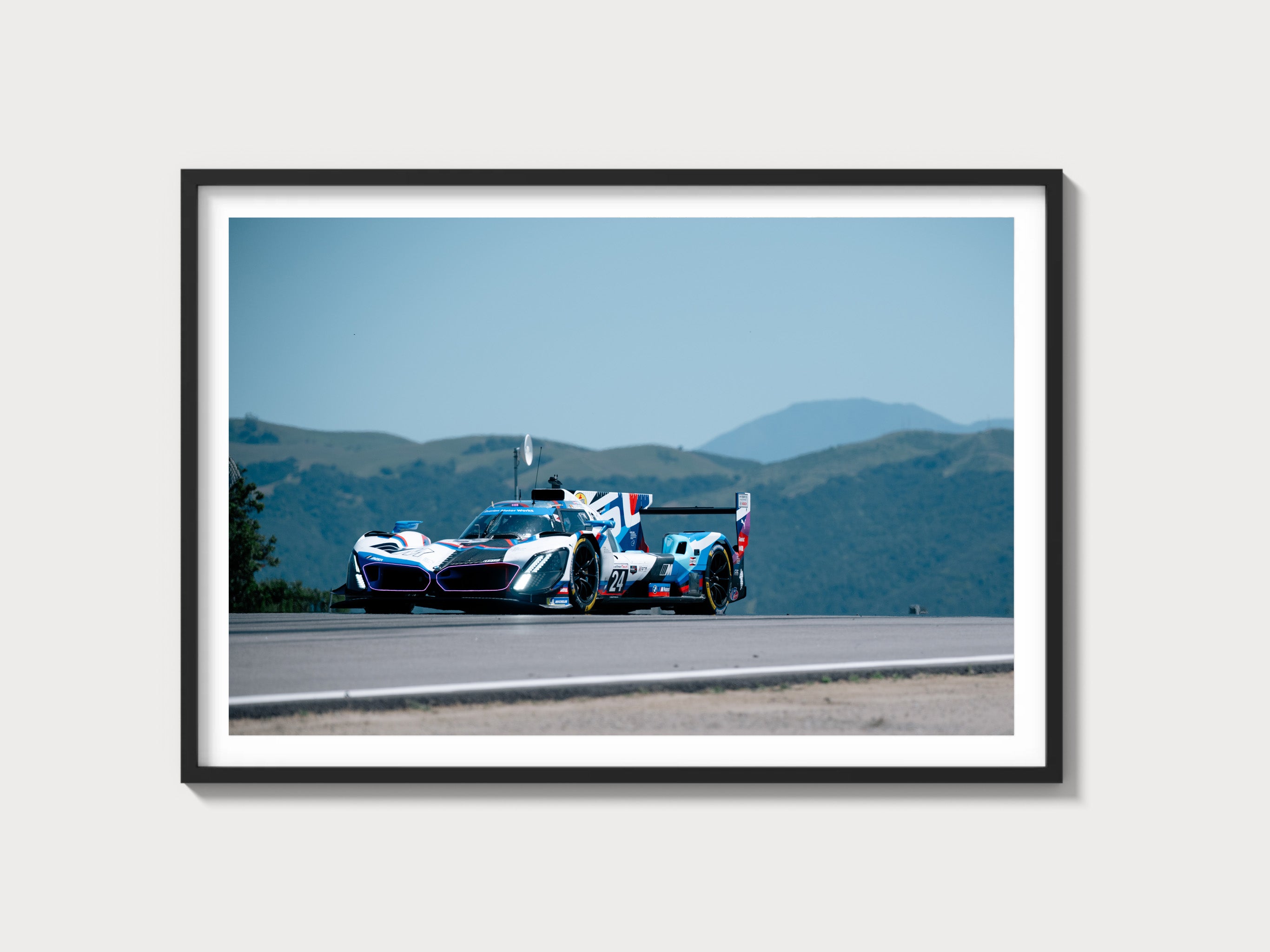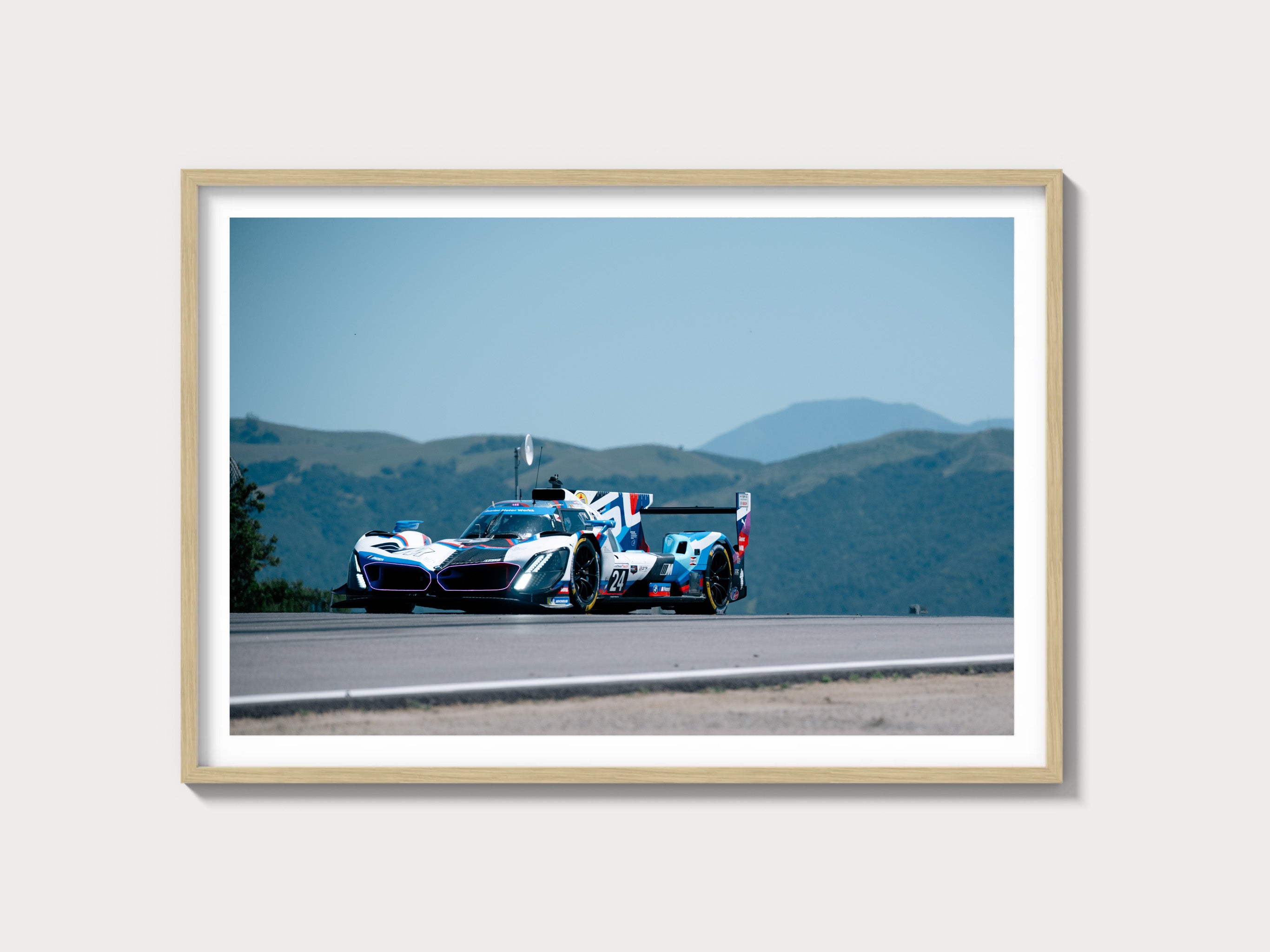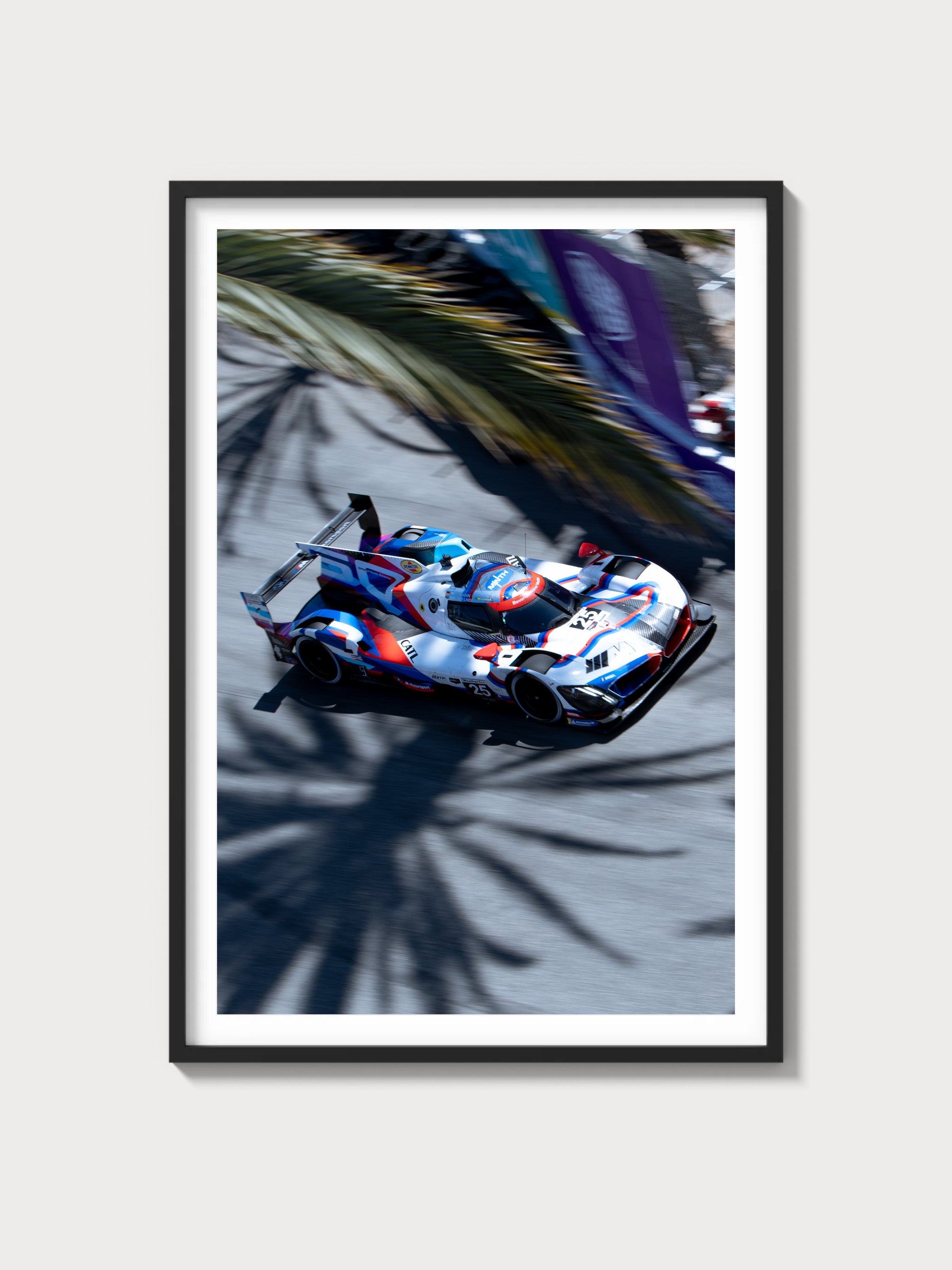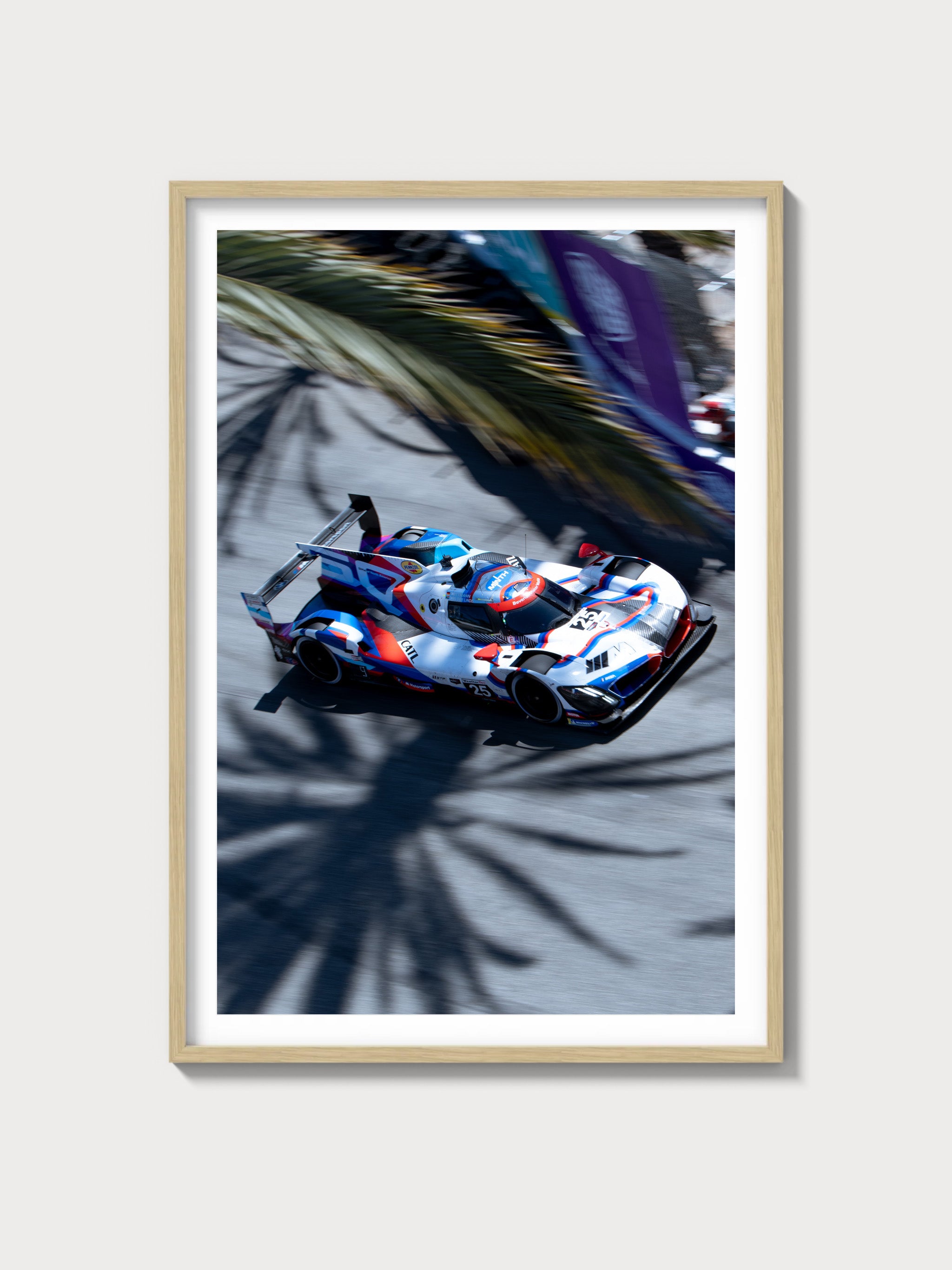1984 Pontiac Fiero Indy Pace Car Edition — First-Generation Spotlight
Historical context and development background
When Pontiac launched the first-generation Fiero for 1984, it was a strategic moonshot disguised as a commuter car. Corporate realities demanded fuel economy and parts commonality, so Pontiac’s engineers created a steel spaceframe clothed in composite panels and powered it with the corporate 2.5-liter OHV four. The mid-engine layout, however, was unmistakably ambitious—America’s first mass-produced, mid-engine two-seater built by a domestic marque—and it gave Pontiac a canvas for a proper halo.
The 1984 Indianapolis 500 invited Pontiac to turn that halo into headline ink. The Fiero became the official pace car, and Pontiac followed up with a limited Indy Pace Car Edition for customers. The aero nose, rocker extensions, rear wing and specific lower cladding previewed the shape that would define later, sportier Fieros. Period competitors ranged from the Fiat/Bertone X1/9 to coupes like VW’s Scirocco, and, soon after, Toyota’s MR2—each taking a different approach to lightweight, sporting transport. Pontiac leveraged the Indy moment to reposition the Fiero from purely frugal to unequivocally aspirational.
It’s worth distinguishing the cars. A handful of true pace cars used Pontiac’s Super Duty 2.7L four—an all-business racing engine—while the commemorative production run for the public kept the showroom-spec 2.5L. Both wore the white-over-silver livery with red accents and graphics, and both amplified the Fiero’s presence far beyond what a typical first-year coupe might manage.
Engine and technical specs
The Indy Pace Car Edition delivered the standard 2.5L “Iron Duke” (Tech IV) in transverse mid-engine configuration, paired to either a 4-speed manual or a 3-speed automatic. While the race-pace machines used the Super Duty four, the replicas focused on visual drama and chassis tuning rather than power gains.
| Specification | Detail |
|---|---|
| Engine configuration | Inline-4, OHV, 8 valves (transverse) |
| Displacement | 2,488 cc (2.5 liters) |
| Horsepower | 92 hp @ 4,400 rpm (production Indy replicas) |
| Induction type | Naturally aspirated |
| Redline | 5,000 rpm (factory tachometer red zone) |
| Fuel system | Single-point throttle-body injection |
| Compression ratio | 9.0:1 |
| Bore x stroke | 4.00 in x 3.00 in (101.6 mm x 76.2 mm) |
Chassis highlights included the WS6 performance suspension package, four-wheel disc brakes, and the distinctive aero bodywork that would influence later Fieros. Steering was manual rack-and-pinion—properly weighted once rolling—and the car’s composite panels kept corrosion at bay while the underlying steel spaceframe provided rigidity.
Driving experience and handling dynamics
On the road, the Indy Pace Car Edition feels exactly like a first-year Fiero done up for race-day photo ops—pleasingly nimble, visually extroverted, and eager to change direction. The WS6 tune brings firmer spring and damping rates with a front anti-roll bar, so turn-in is crisp and mid-corner balance trustworthy if you respect the limits of the period all-season rubber. The rear suspension, adapted from GM’s front-drive hardware of the era, asks for smooth inputs; brisk throttle lifts mid-corner can introduce a whiff of rotation, which seasoned drivers often enjoy and novices quickly learn to manage.
The 4-speed Muncie manual has a stout, slightly notchy action that rewards unhurried shifts; the 3-speed TH125 automatic suits traffic but blunts what little thrust the 2.5L can muster. Throttle response is clean off idle thanks to TBI calibration, and the low 5,000 rpm redline means short-shifting is part of the rhythm. Brakes are confidence-inspiring for the period—solid discs at all four corners with decent pedal feel—though sustained mountain work benefits from mechanical sympathy.
Full performance specifications
| Metric | Value |
|---|---|
| 0–60 mph | ~11.0 seconds (period testing) |
| Top speed | ~105 mph (production Indy replica) |
| Quarter-mile | ~17.8 sec @ ~76 mph (period testing) |
| Curb weight | ~2,700 lb |
| Layout | Transverse mid-engine, rear-wheel drive |
| Brakes | Power-assisted discs (solid) front/rear, single-piston calipers |
| Suspension | Front: SLA with coil springs, anti-roll bar; Rear: MacPherson strut with lower lateral links and toe link |
| Gearbox | 4-speed manual or 3-speed automatic |
Note: The actual Indy 500 pace cars used Pontiac’s Super Duty four-cylinder racing engine, widely quoted at well over double the replica’s output, specifically engineered for sustained high-speed pacing duty.
Variant breakdown (Indy Pace Car–related)
| Variant | Year | Production | Market | Key differences |
|---|---|---|---|---|
| Fiero Indy Pace Car Edition (replica) | 1984 | 2,000 units | Primarily North America | Cameo White over silver lower cladding; red striping and Indy graphics; white 14-inch cast wheels; unique seat embroidery and interior accents; aero nose/rockers/rear wing; WS6 suspension; 2.5L OHV four (TBI); 4-speed manual or 3-speed automatic |
| Fiero Indy 500 Pace Car (track duty) | 1984 | 3 units | Indianapolis Motor Speedway | Super Duty 2.7L four with significant power increase; safety gear; event-specific preparation; outward livery similar to replicas |
| Engineering/promotional Indy cars | 1984 | Not publicly disclosed | North America | Used for testing, parades, and display; configurations varied; not retailed through dealers |
Ownership notes: maintenance, parts, restoration
- Powertrain: The 2.5L OHV four is simple and durable when maintained. Regular oil changes and proper cooling-system bleeding are essential; the engine uses timing gears (no belt).
- Known 1984 issues: Early 1984 Fieros were subject to recalls addressing engine-compartment fire risks and related components. Verify recall compliance and any documented engine replacements or shielding updates.
- Chassis: 84–87 rear suspension geometry rewards careful alignment to minimize bump-steer. Inspect bushings, ball joints, and tie rods; age, not mileage, often dictates replacement.
- Brakes and wheels: Four-wheel discs are straightforward to service. The Indy’s white wheels benefit from gentle cleaners to preserve finish; factory-size performance tires remain available.
- Electrical: Headlamp lift motors and relays are common wear points. Rebuild kits and reproduction modules are widely supported by the enthusiast community.
- Body and frame: Composite exterior panels resist rust; focus inspection on the steel spaceframe, especially cradle mounts and rear trunk corners in salted-road regions.
- Interior and trim: Indy-specific upholstery, carpets, and decals are unique. Reproduction graphics and seat-cover sets exist, but original-condition pieces command premiums.
- Service intervals: Period guidance favored short oil-change intervals and regular coolant/brake fluid refreshes. Valve lash is hydraulic and non-adjustable in normal service.
- Parts availability: Mechanical components interchange with other GM applications of the era; Indy-only cosmetics are the hardest to source and restore correctly.
Cultural relevance and motorsport footprint
The Indy Pace Car Edition gave Pontiac exactly what it wanted: a center-stage narrative. It broadcast that the first-generation Fiero was more than an economy special—here was a mid-engine Pontiac leading the field at Indianapolis. Beyond the ceremony, Fiero-based entries in IMSA GTU and other series, often powered by iterations of the Super Duty four, validated the chassis concept in competition. Collectors today value the Indy edition as the most emblematic 1984 Fiero, with low-mileage, highly original examples historically achieving five-figure results at auction; delivery-mile cars with untouched graphics and interior trim have been known to crest the $20,000 mark.
As a piece of GM history, the Indy edition sits at the intersection of corporate pragmatism and enthusiast aspiration: a limited-run visual and chassis package that previewed later aero-bodied Fieros, anchored by one of the most photographed pace-car appearances of the decade.
FAQs
How many 1984 Pontiac Fiero Indy Pace Car Editions were made?
Pontiac built 2,000 Indy Pace Car Edition replicas for public sale, plus three actual pace cars for duty at the Indianapolis 500. Additional engineering and promotional cars existed but were not retailed.
What engine is in the Indy Pace Car Edition?
Production replicas use the 2.5-liter OHV inline-four with throttle-body injection, rated at 92 horsepower. Only the actual Indy pace cars received the high-output Super Duty racing engine.
Is the Indy Pace Car Edition faster than a standard 1984 Fiero?
In straight-line terms, no. Performance is essentially identical to a 1984 Fiero with the same transmission. The Indy package focused on aero styling, suspension tuning (WS6), and unique cosmetics.
What transmissions were offered?
Buyers could choose a 4-speed manual or a 3-speed automatic. The manual provides a more engaging drive and better access to the available torque.
Known problems to inspect before buying?
Confirm completion of 1984 recall work, inspect for oil and coolant leaks, evaluate headlamp motor function, check suspension bushings and alignment, and examine the spaceframe for corrosion at cradle mounts and trunk corners.
What’s special about the Indy edition’s appearance package?
All cars were Cameo White with silver lower cladding, red accent striping, Indy graphics, a rear wing, aero nose and rocker panels, and white 14-inch cast wheels. Interiors feature unique embroidery and trim accents.
Are parts hard to find?
Mechanical parts are generally easy to source thanks to GM commonality. Indy-specific upholstery and decal kits exist as reproductions, while original NOS trim can be challenging and expensive.
What are typical performance figures?
Period tests commonly recorded about 11.0 seconds 0–60 mph, quarter-mile in the high 17s, and a top speed near 105 mph for production replicas.
How does it compare with rivals like the Fiat/Bertone X1/9 or Toyota MR2?
Against the X1/9, the Fiero delivers more torque and a torquier driving character; compared with the later MR2, it is less rev-hungry but also less sharp at the limit. The Indy edition’s appeal lies in its iconic livery and pace-car pedigree.

